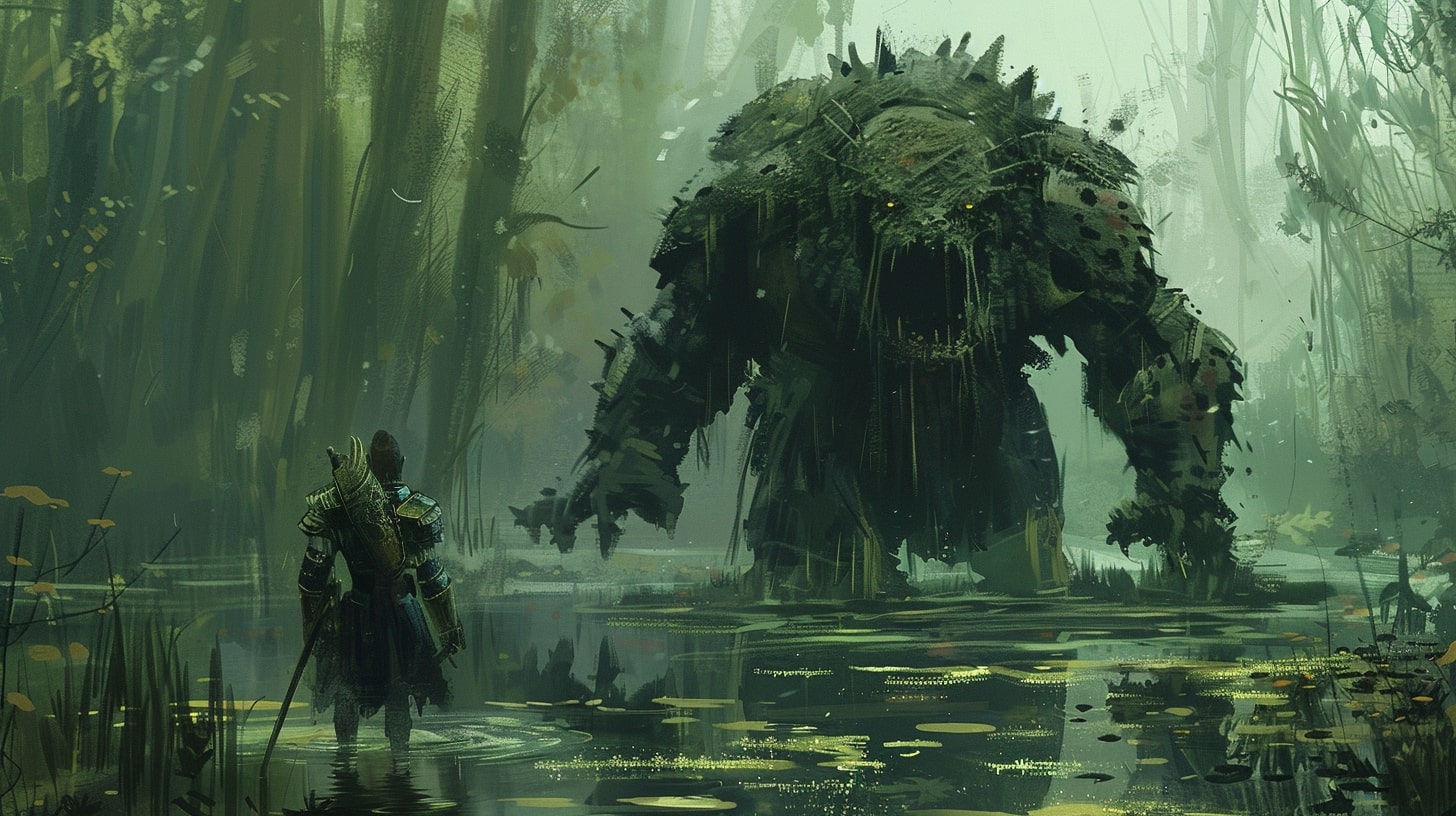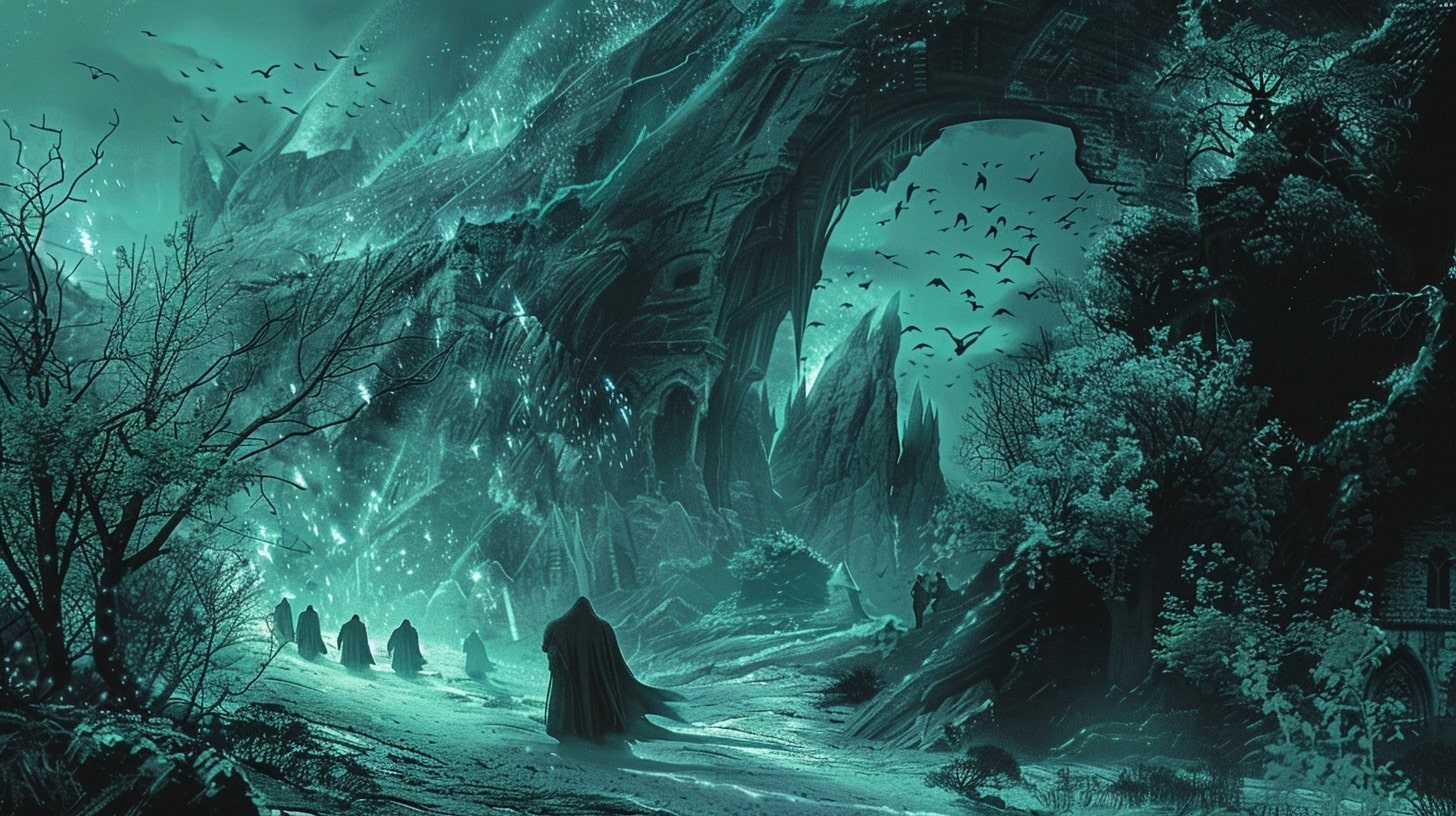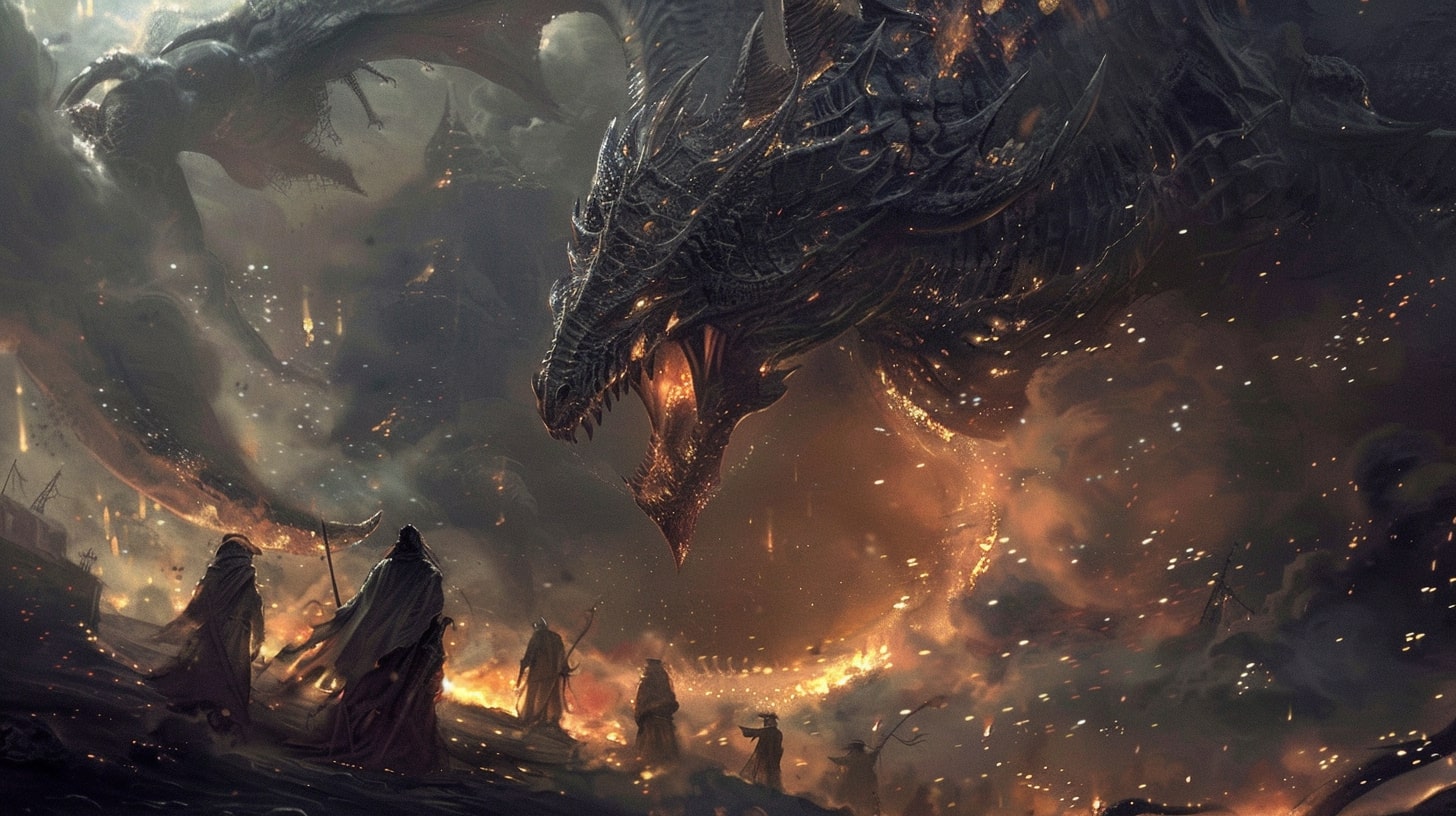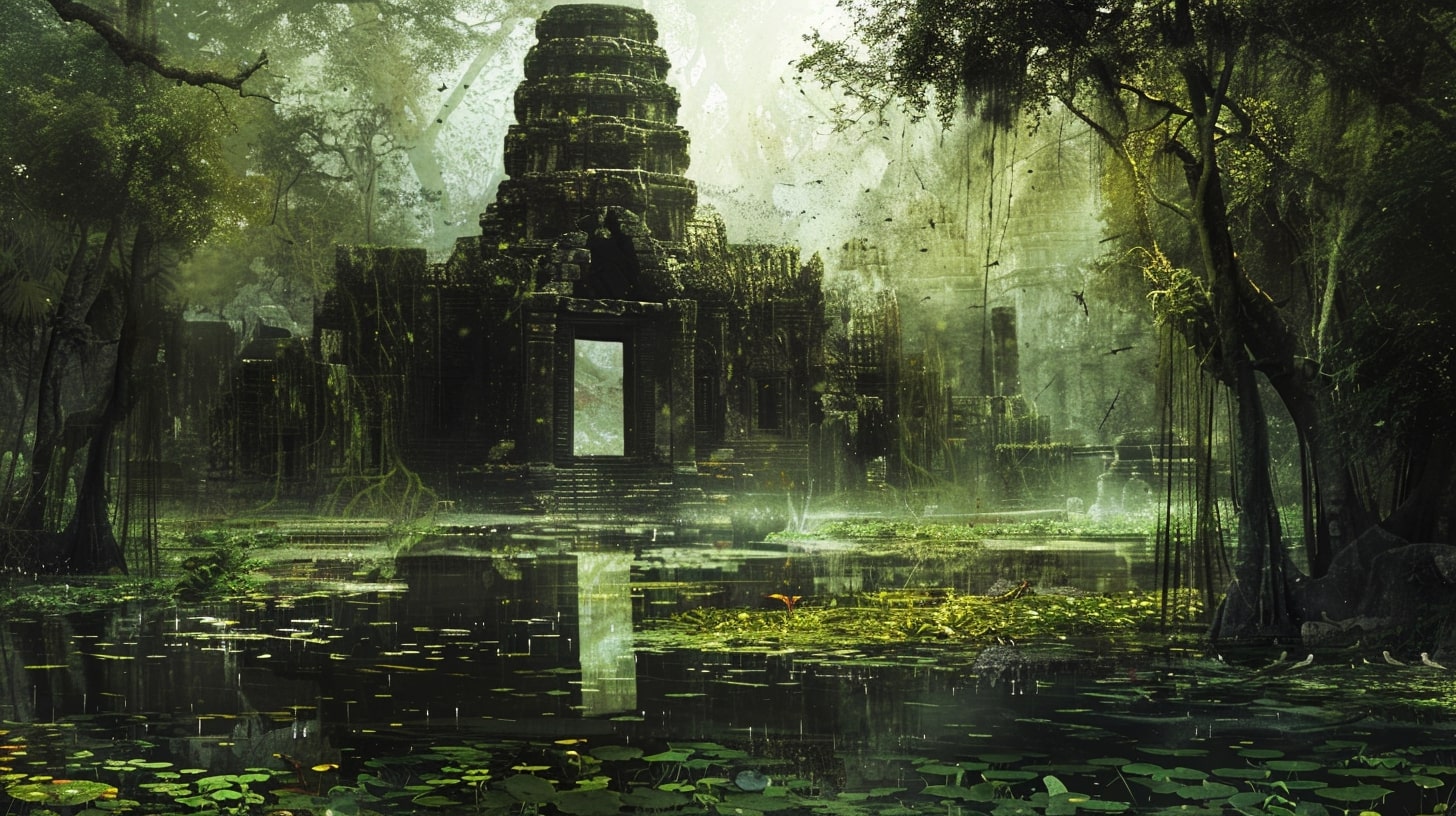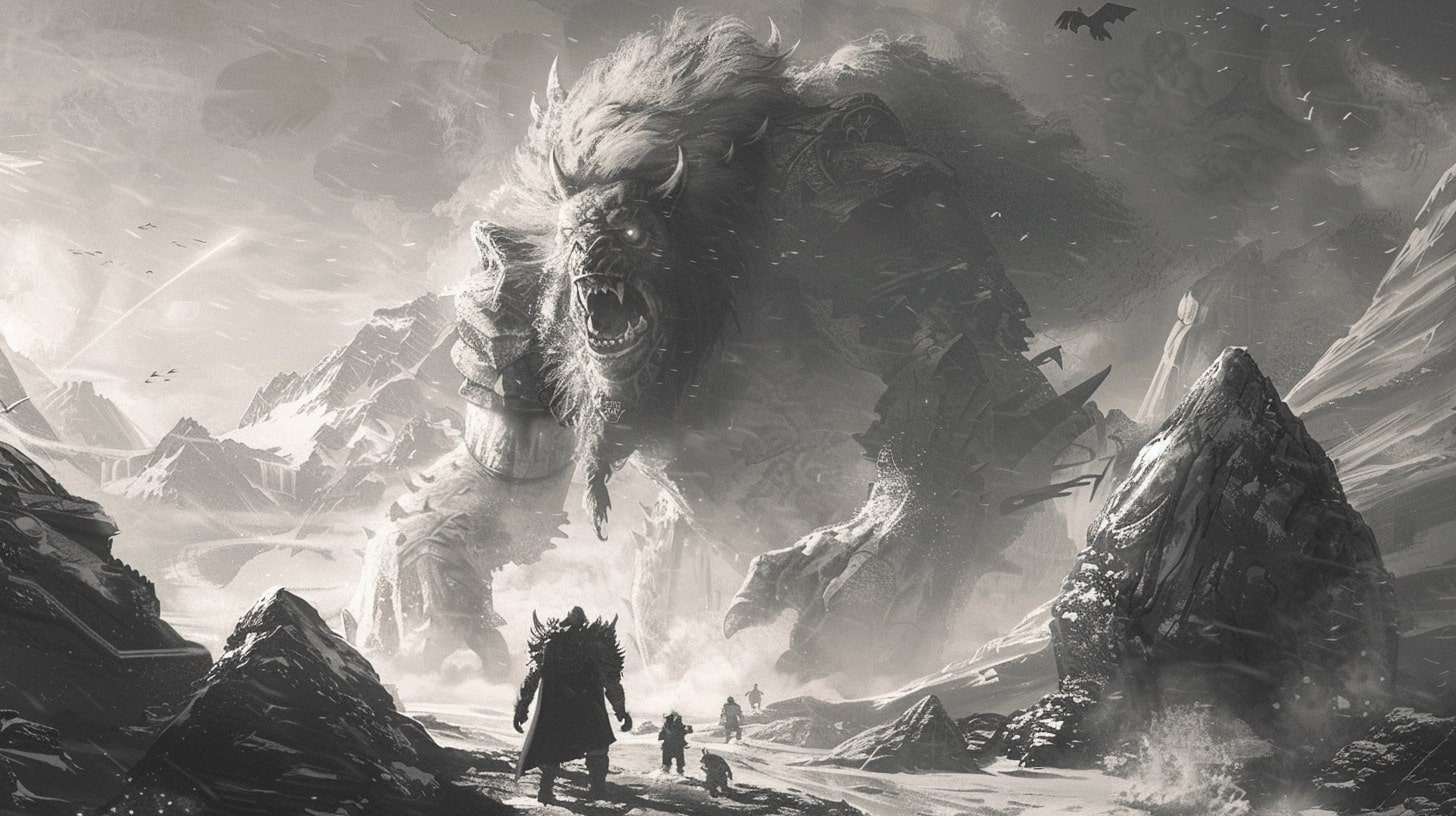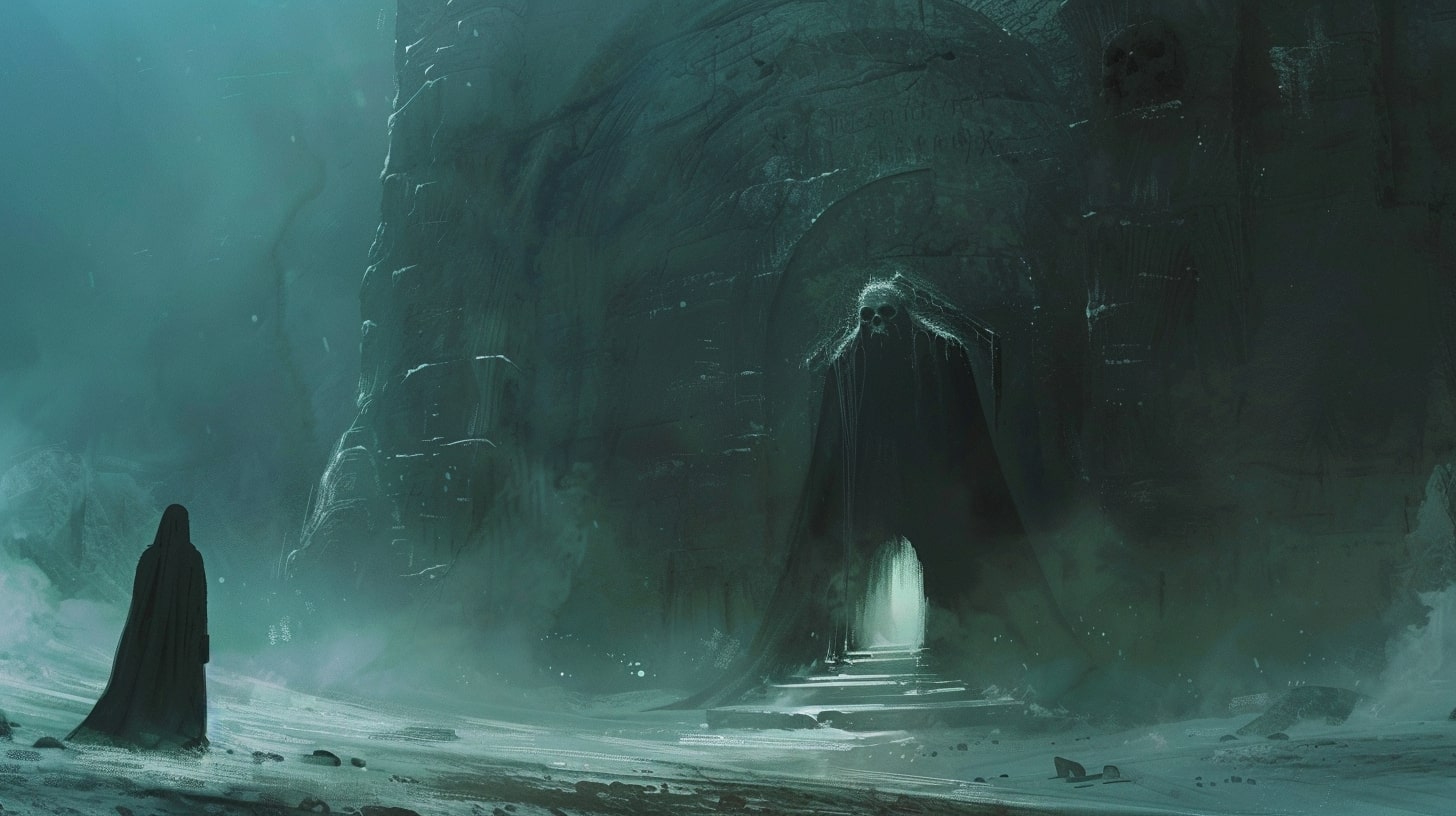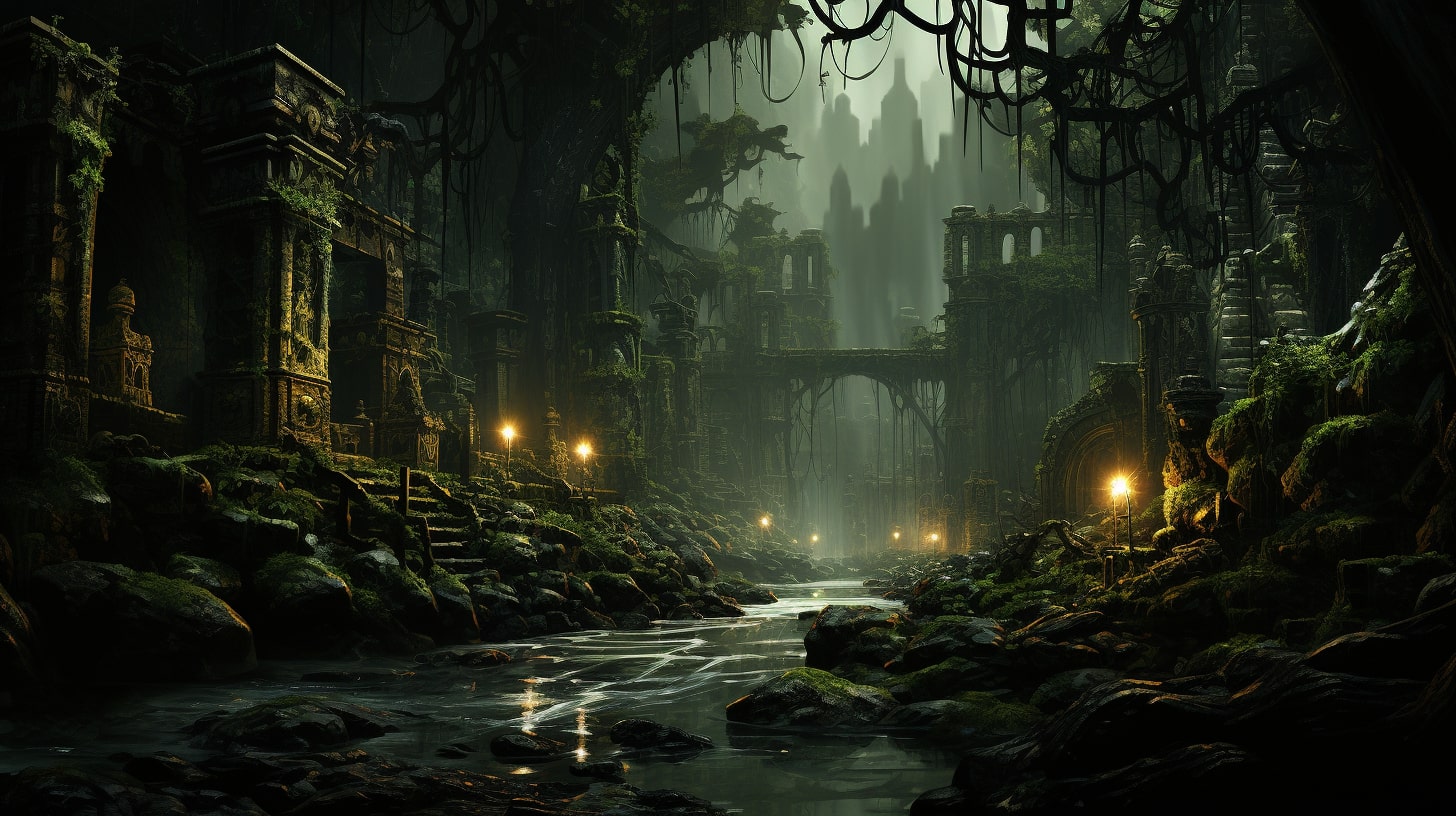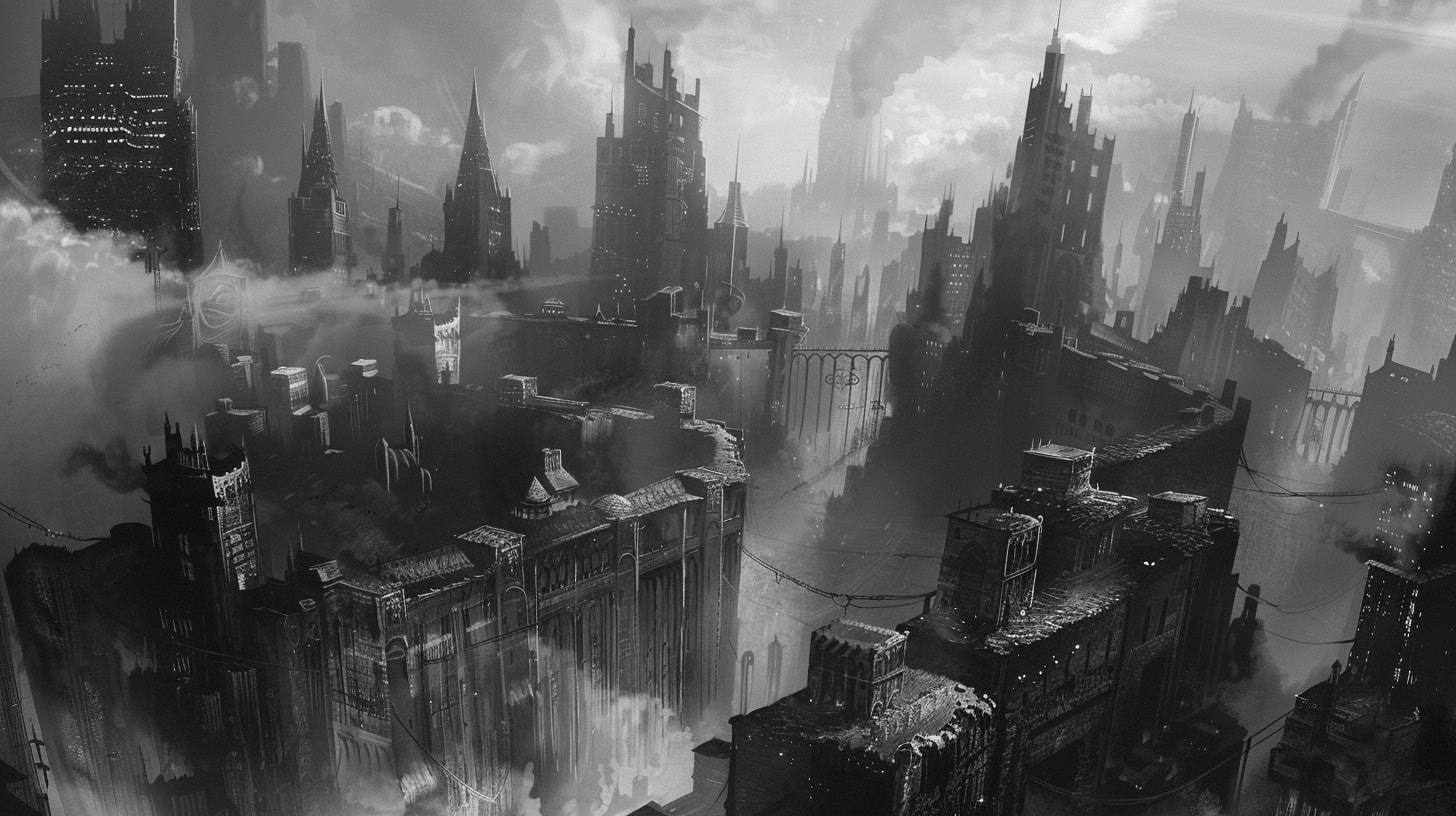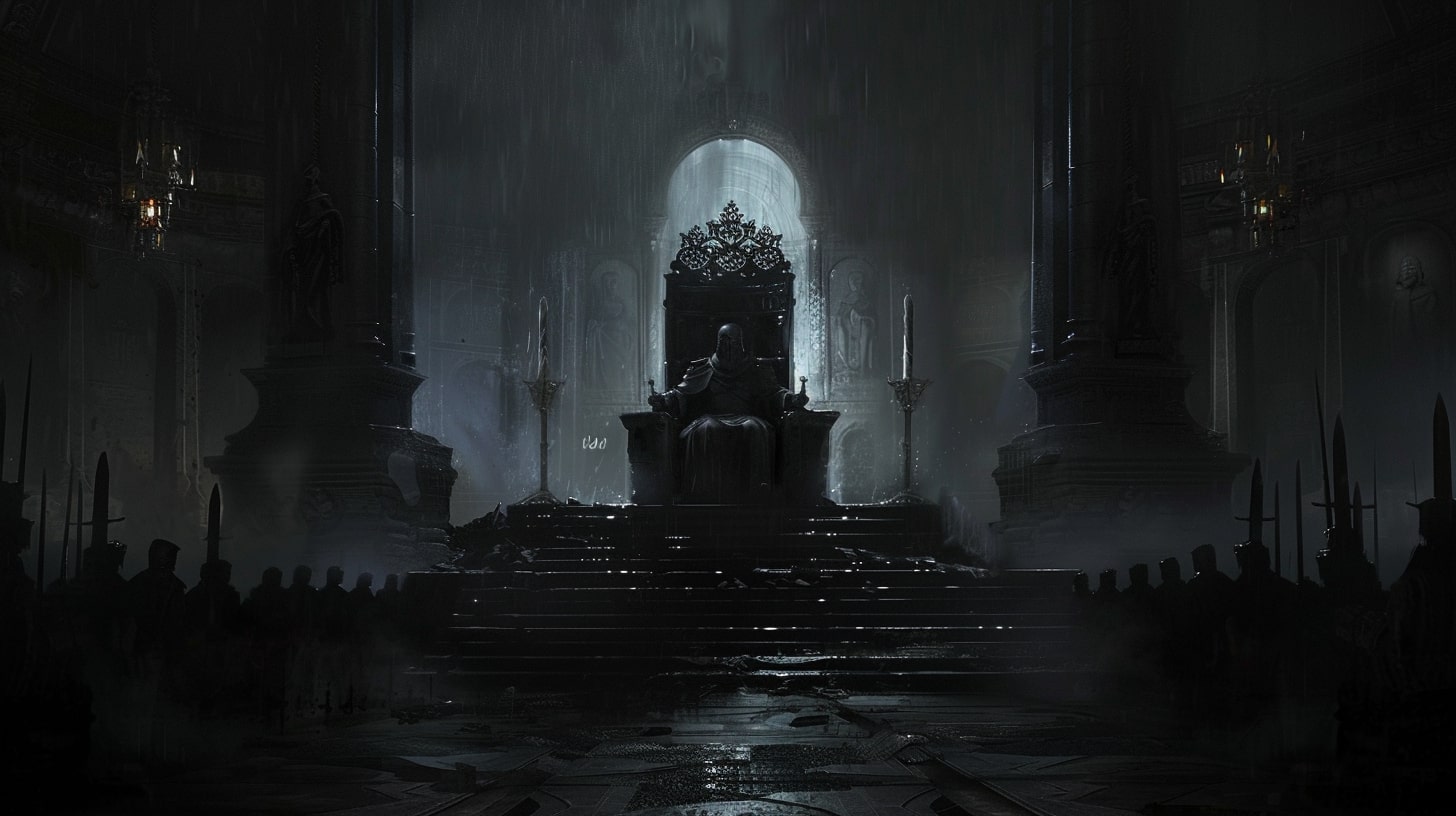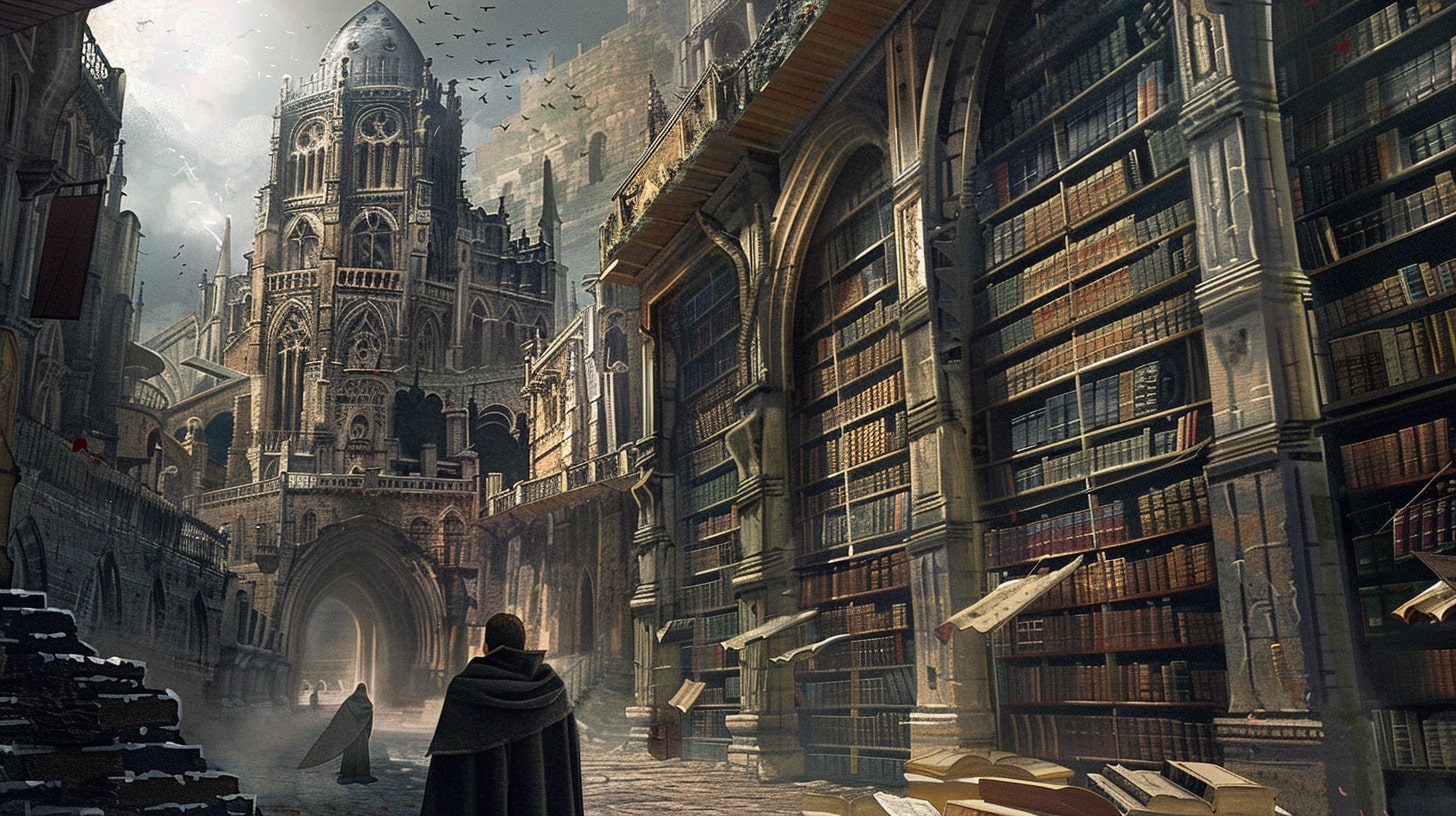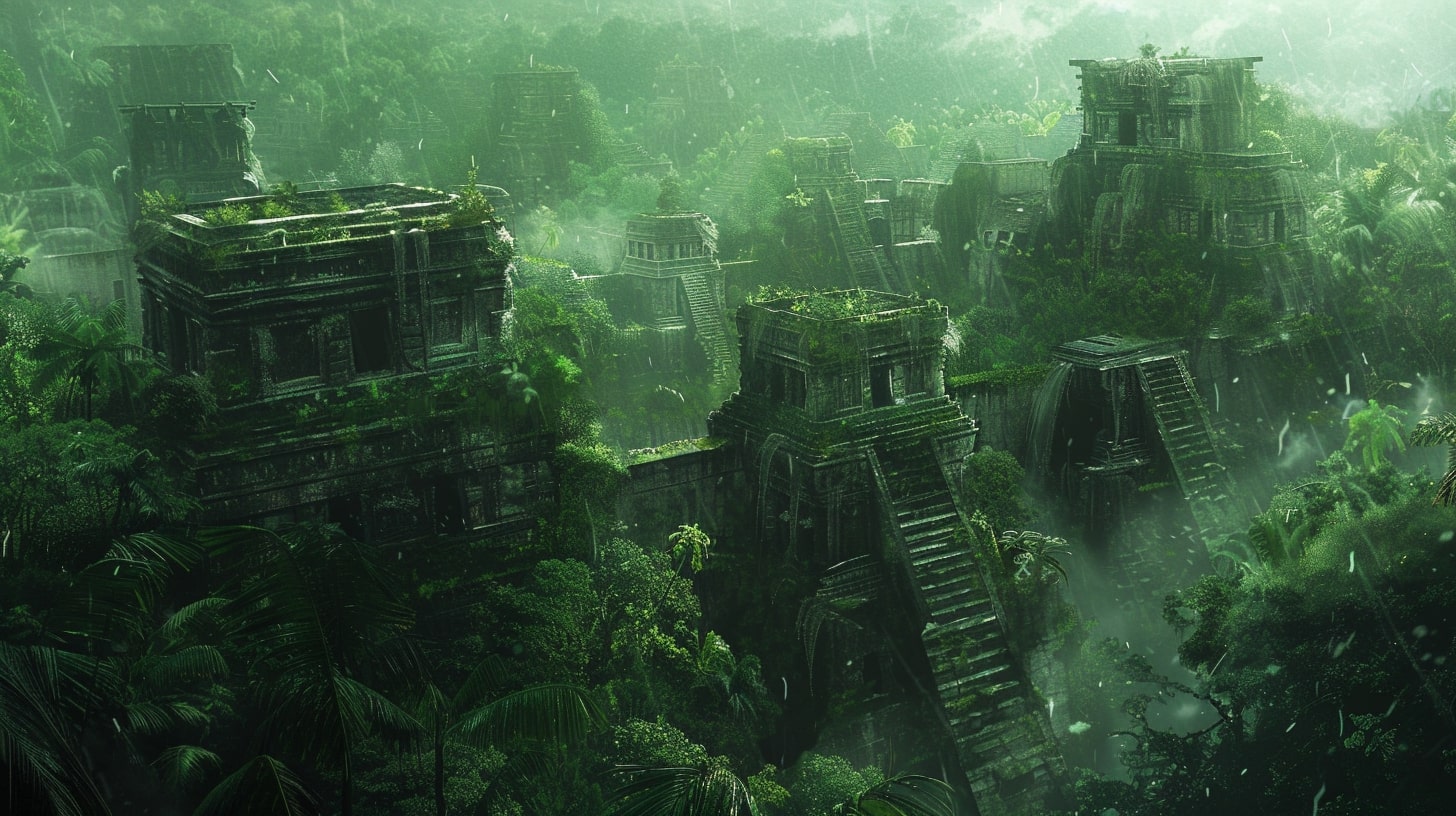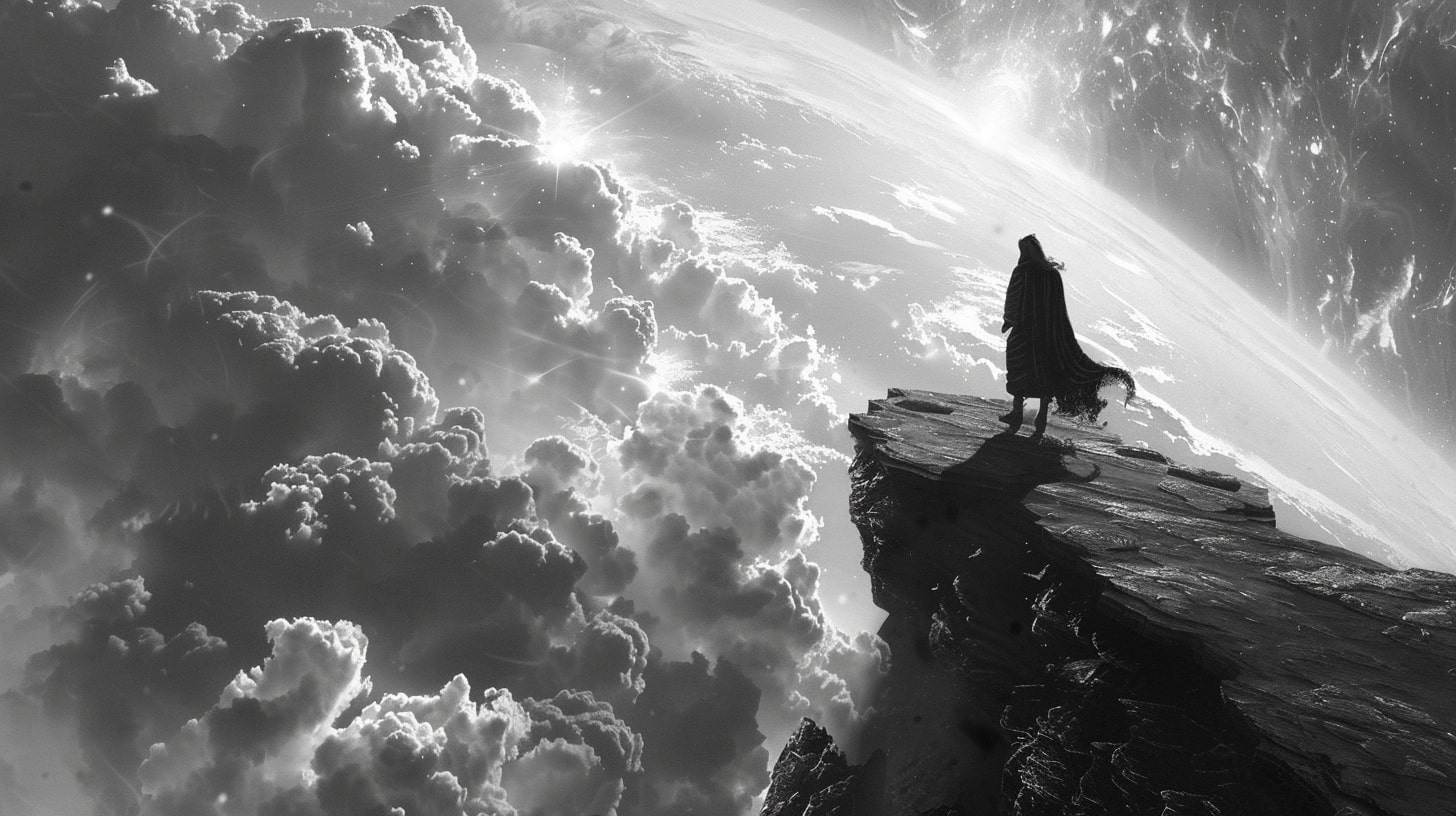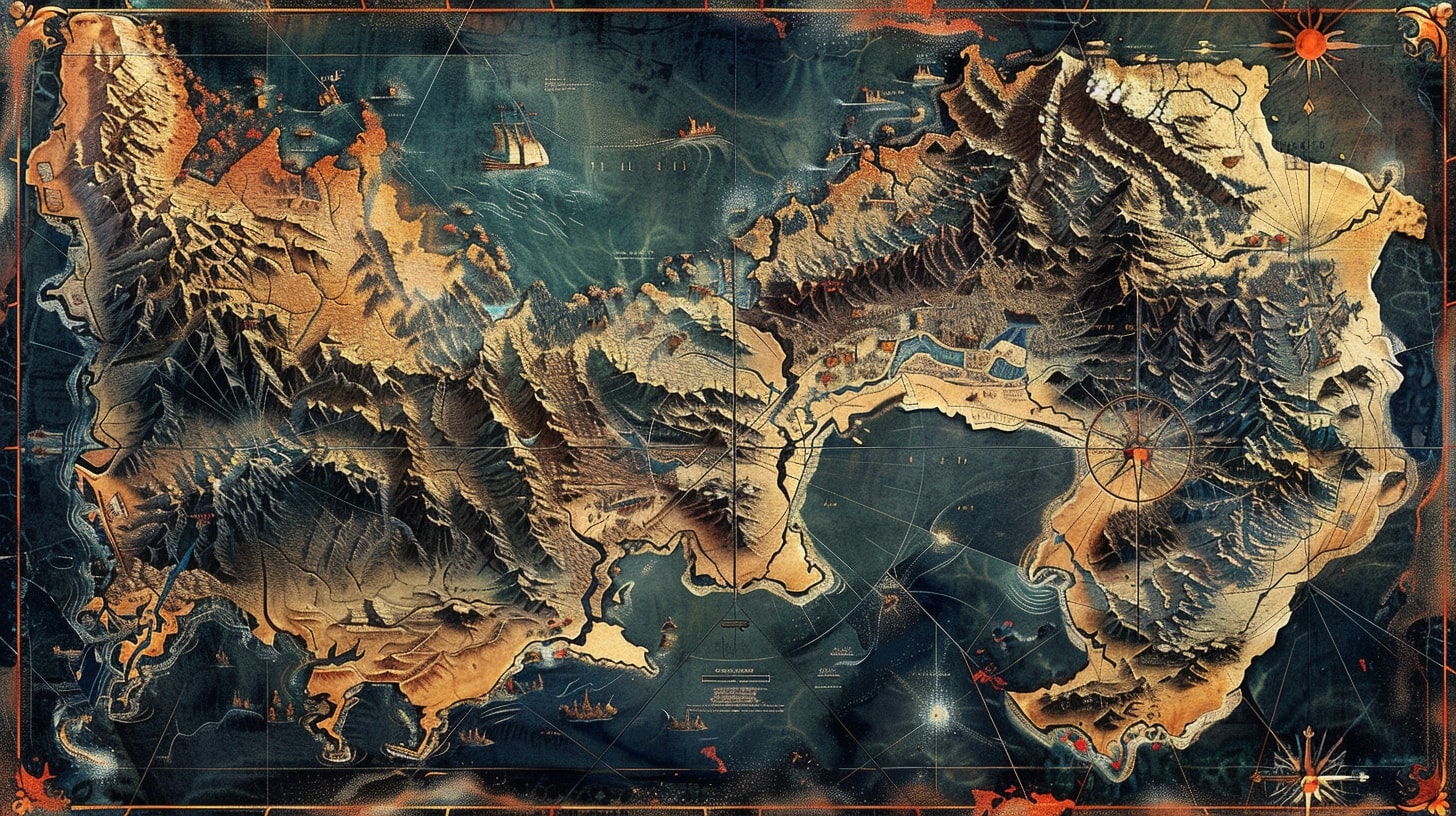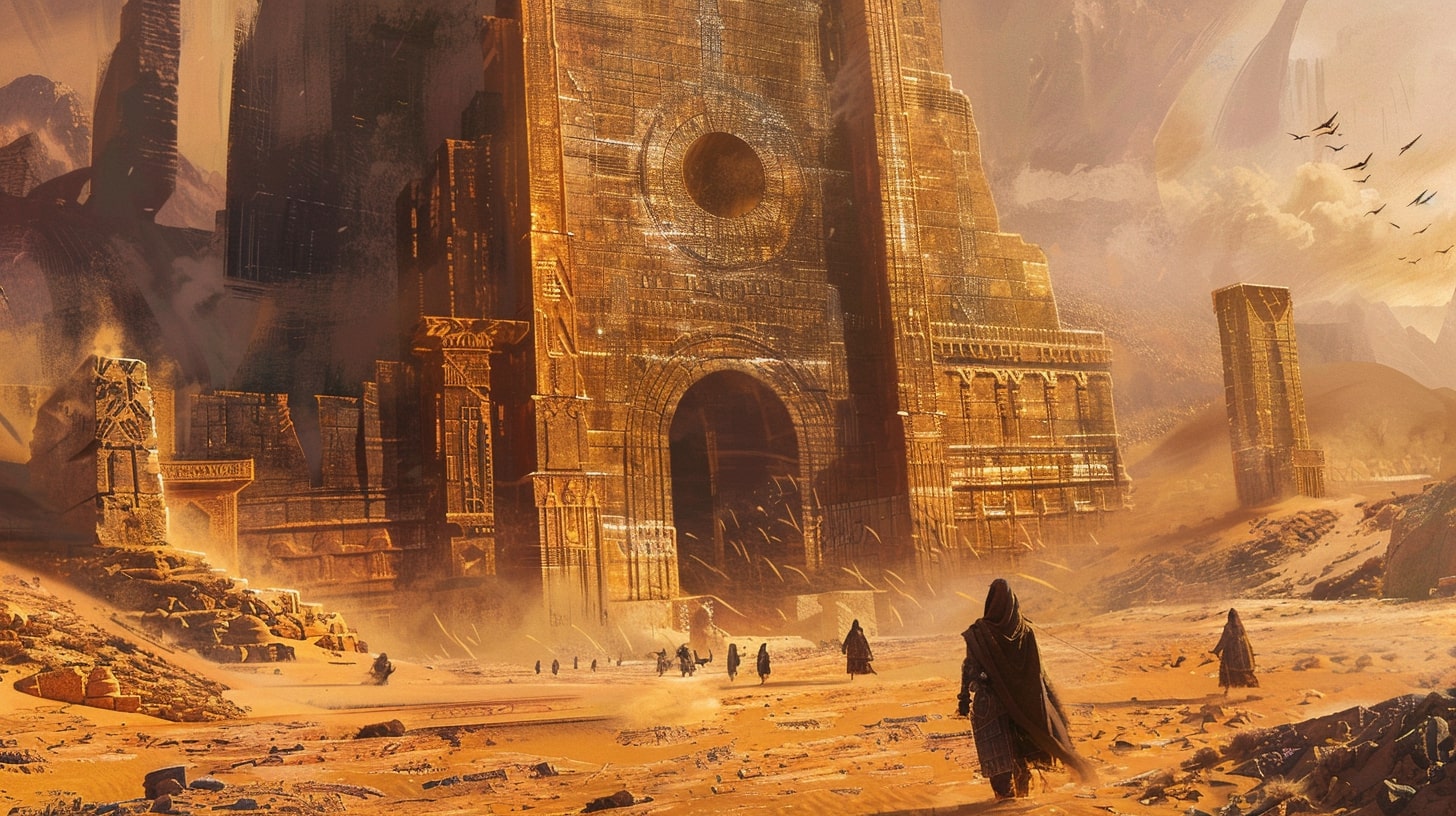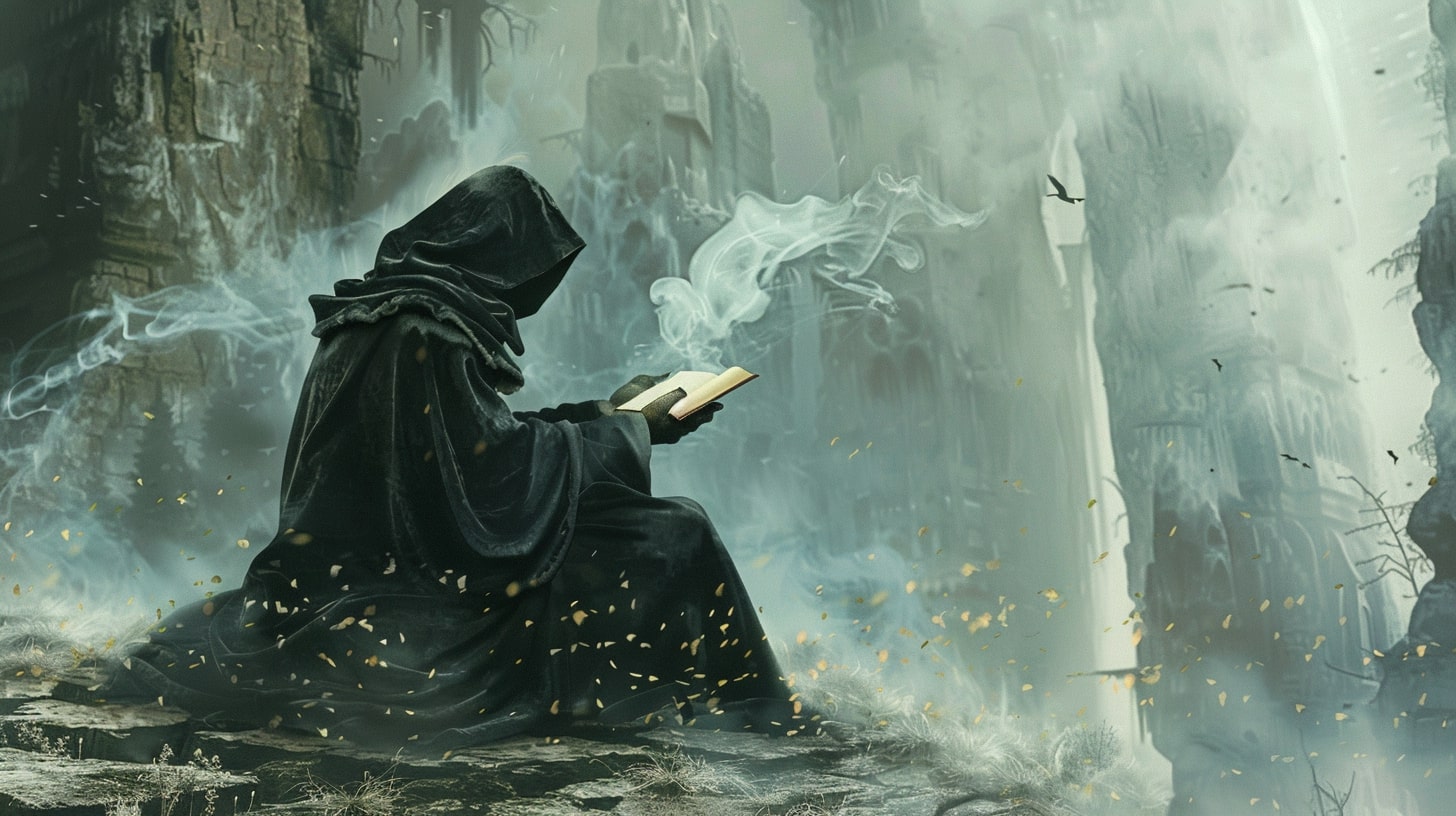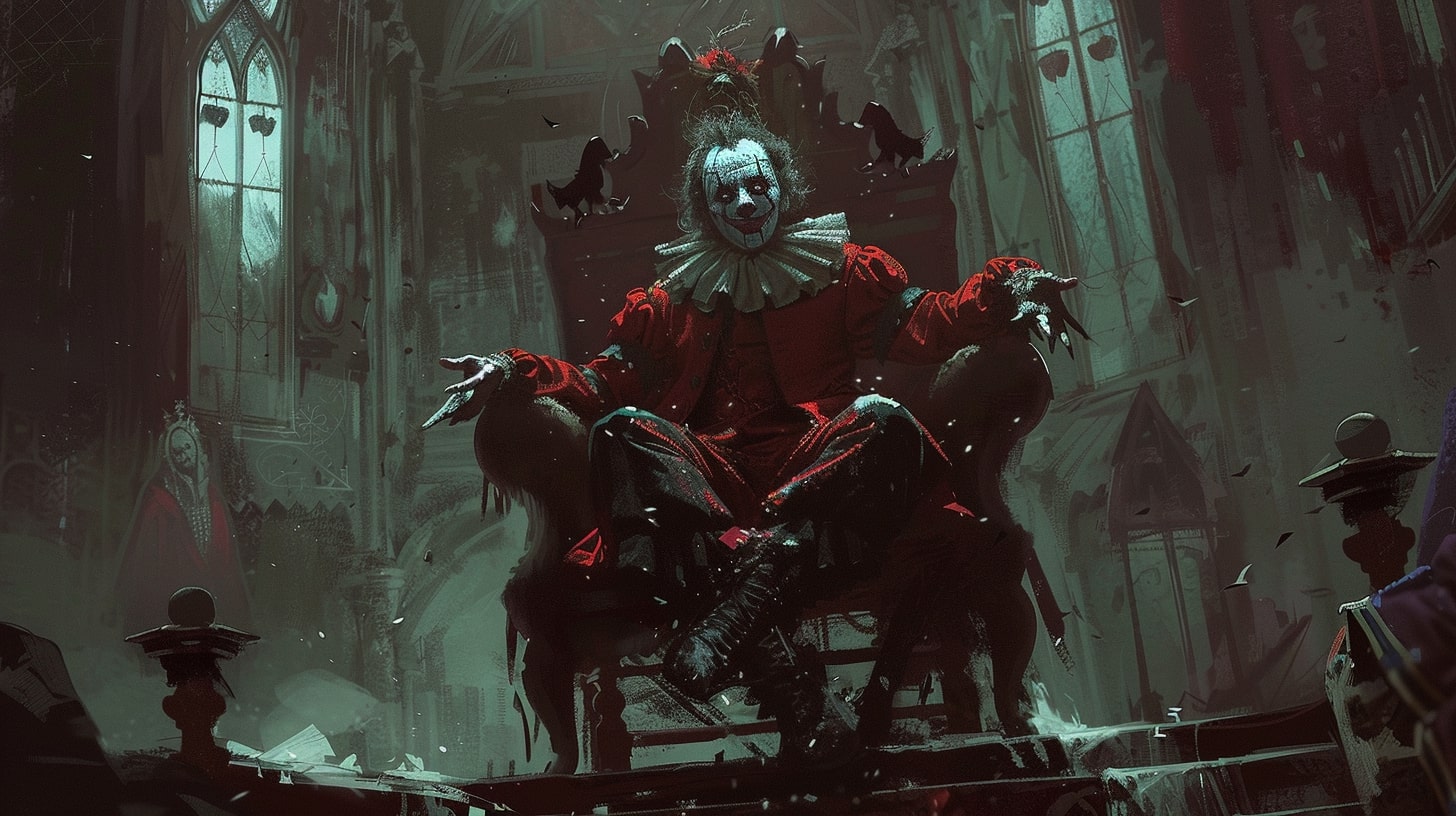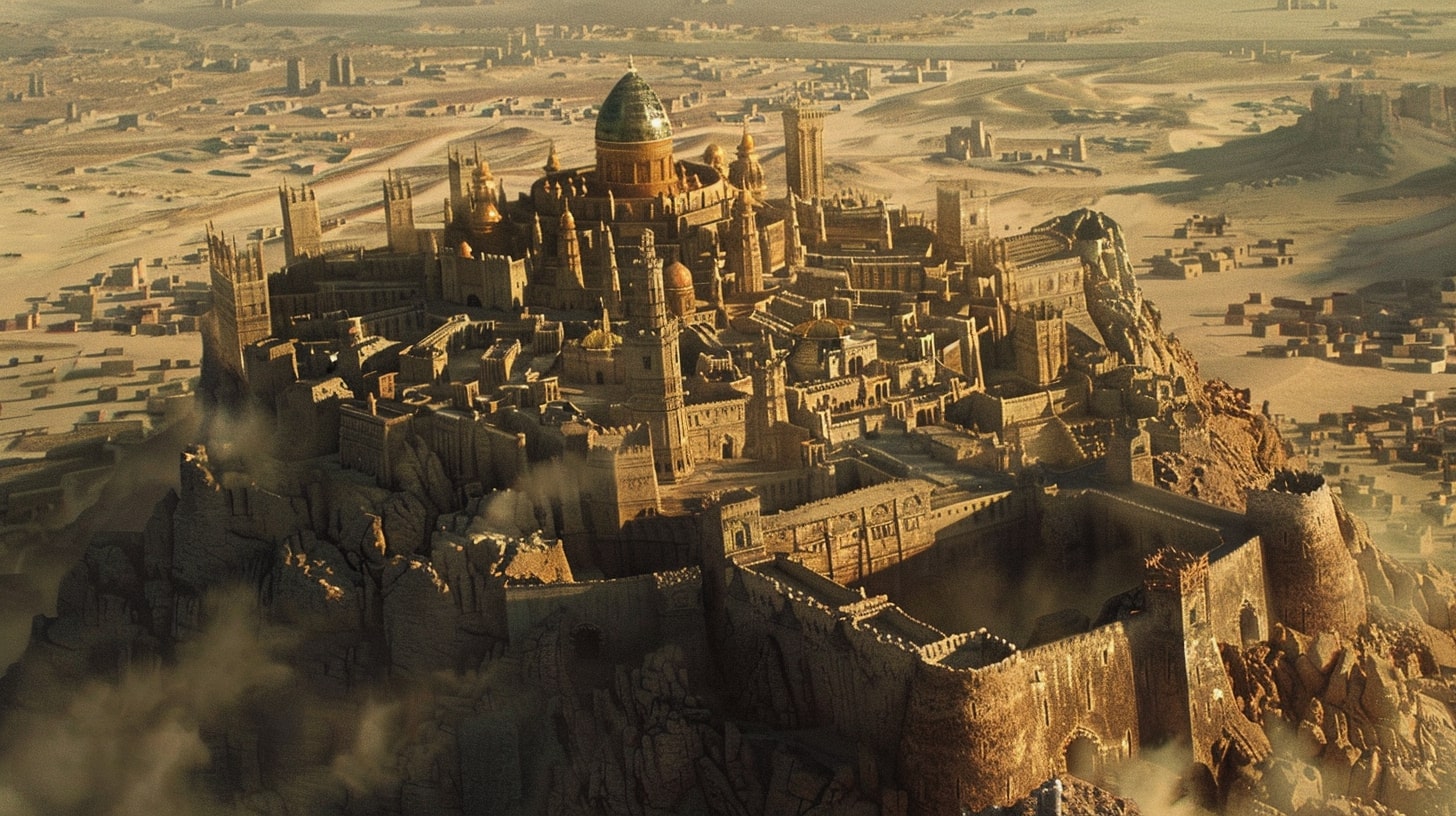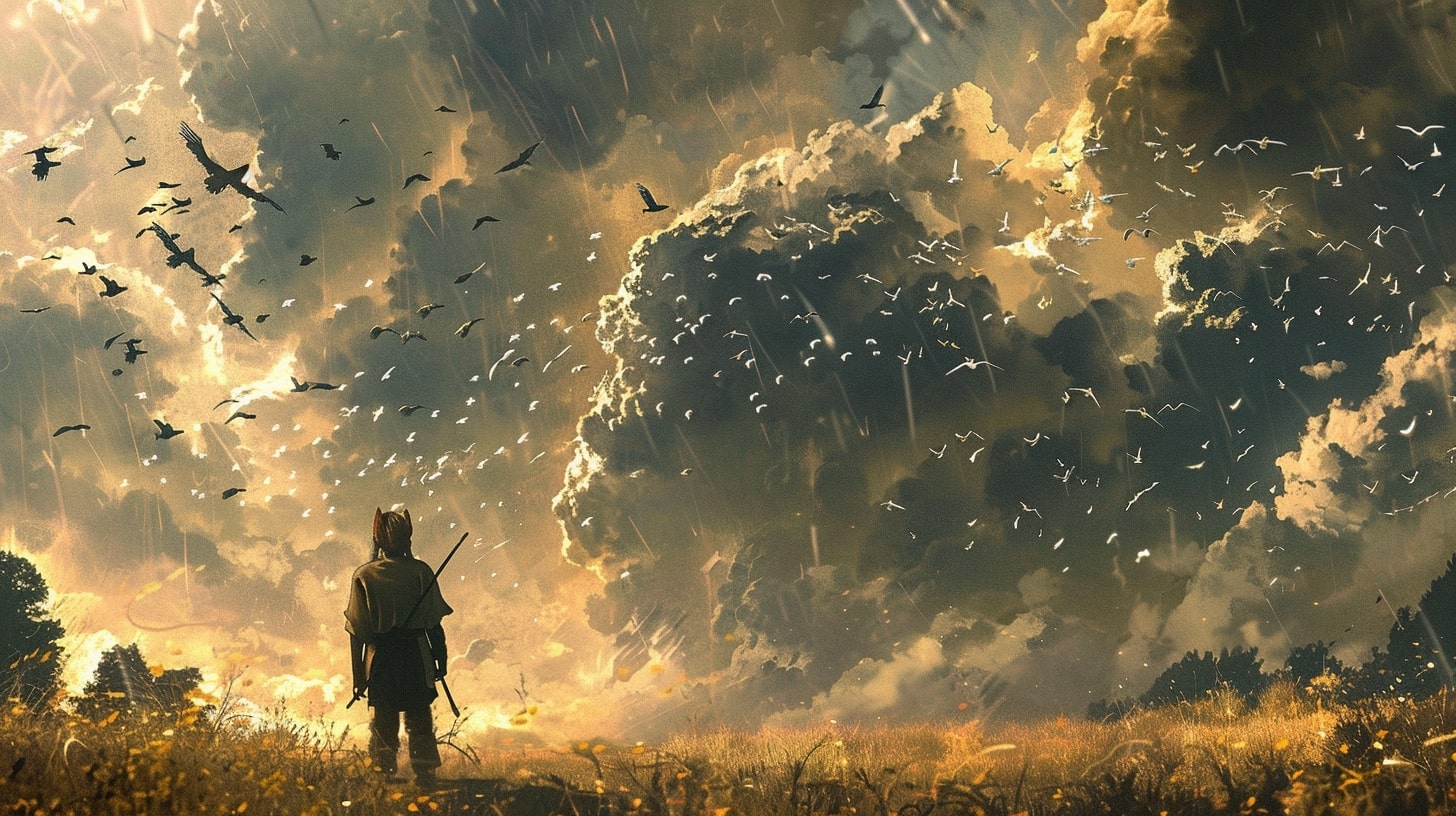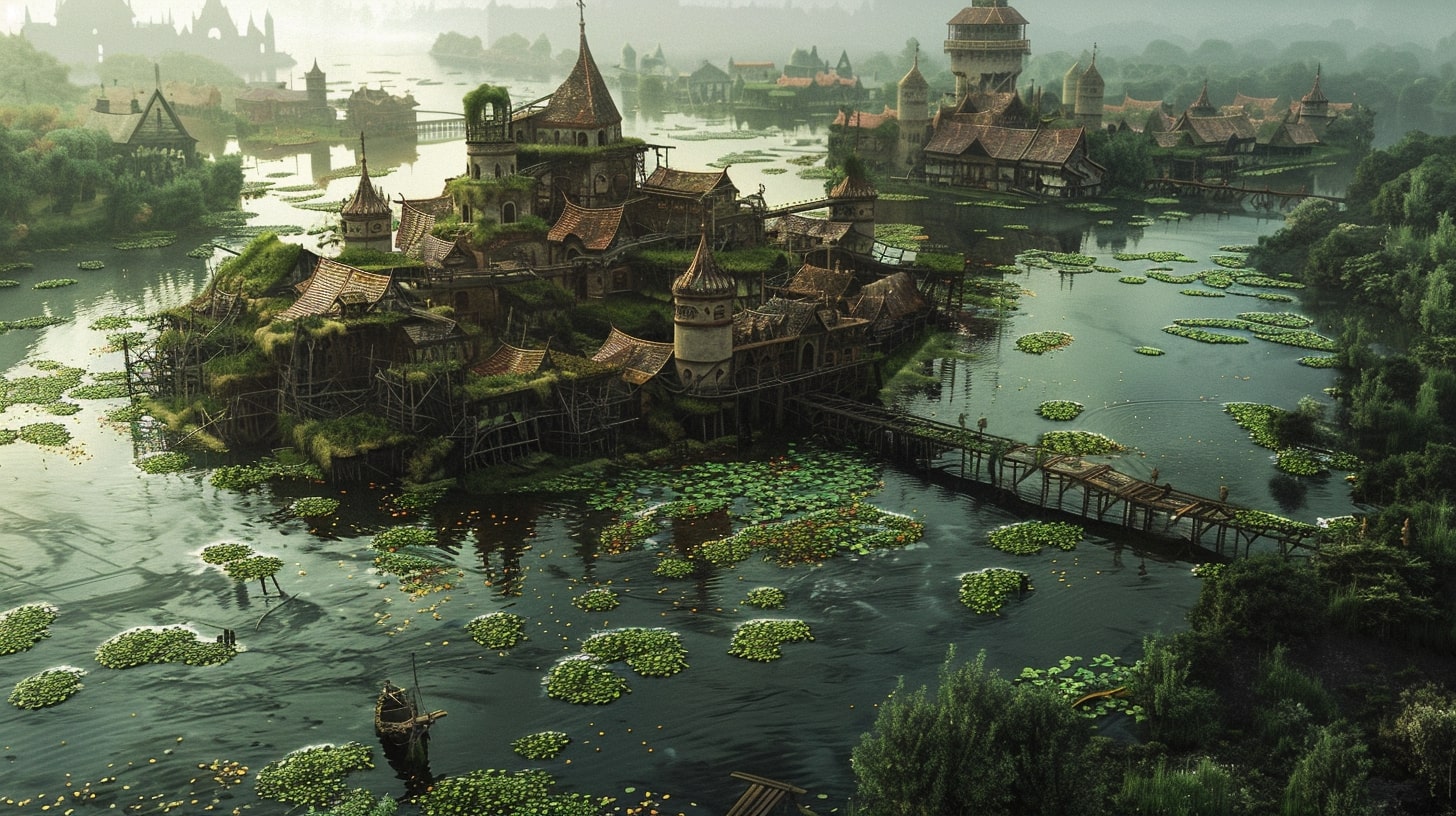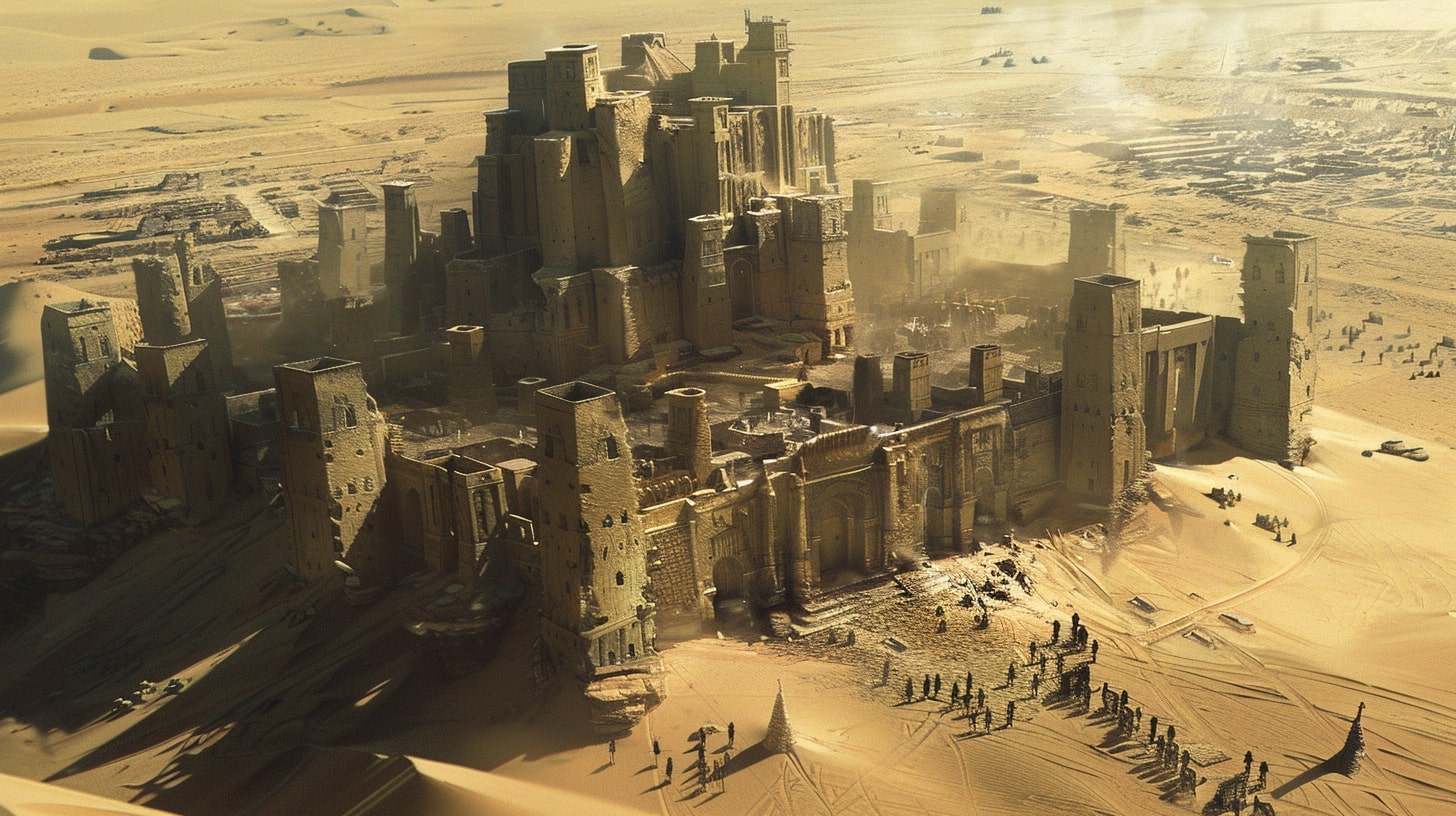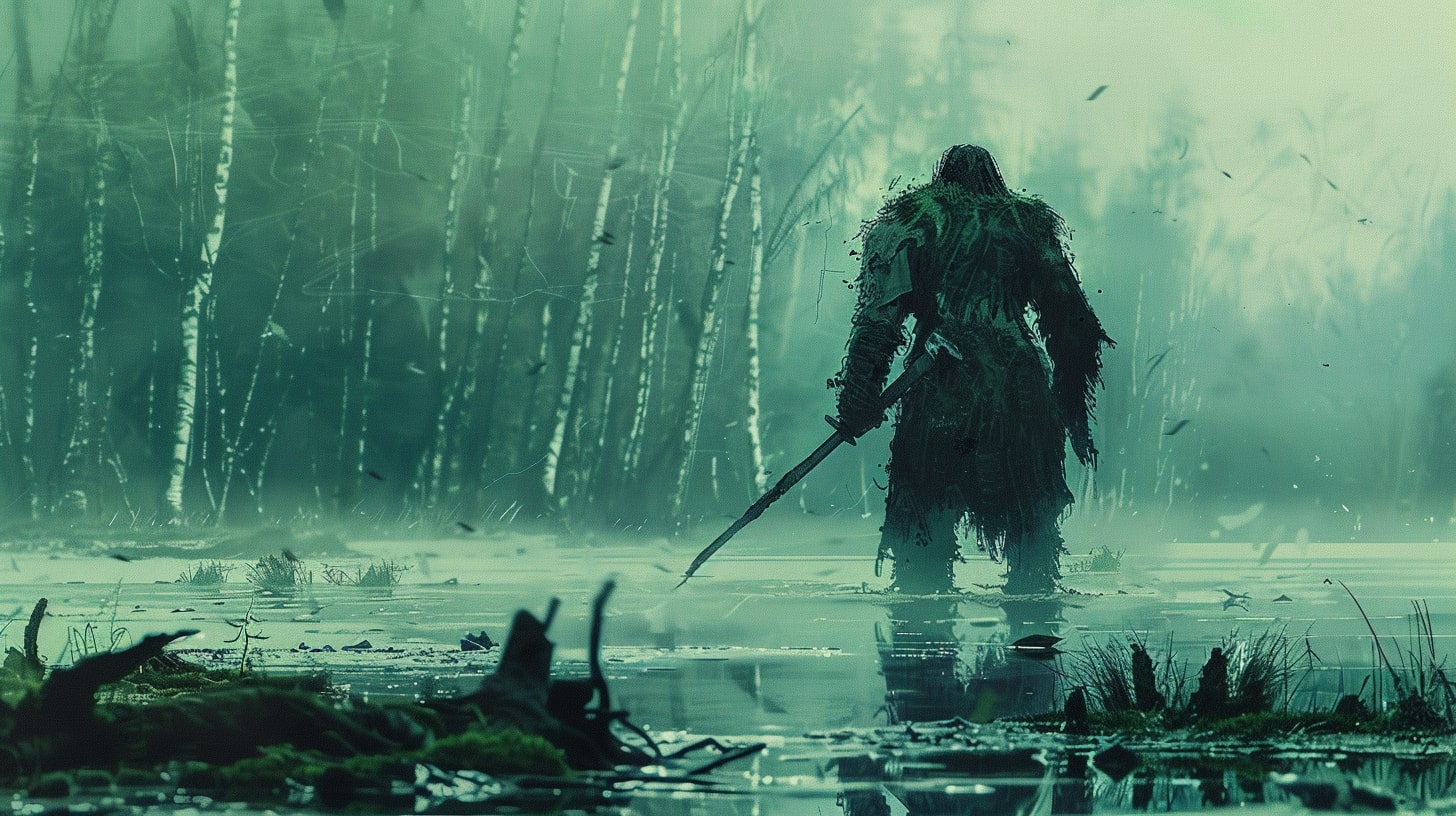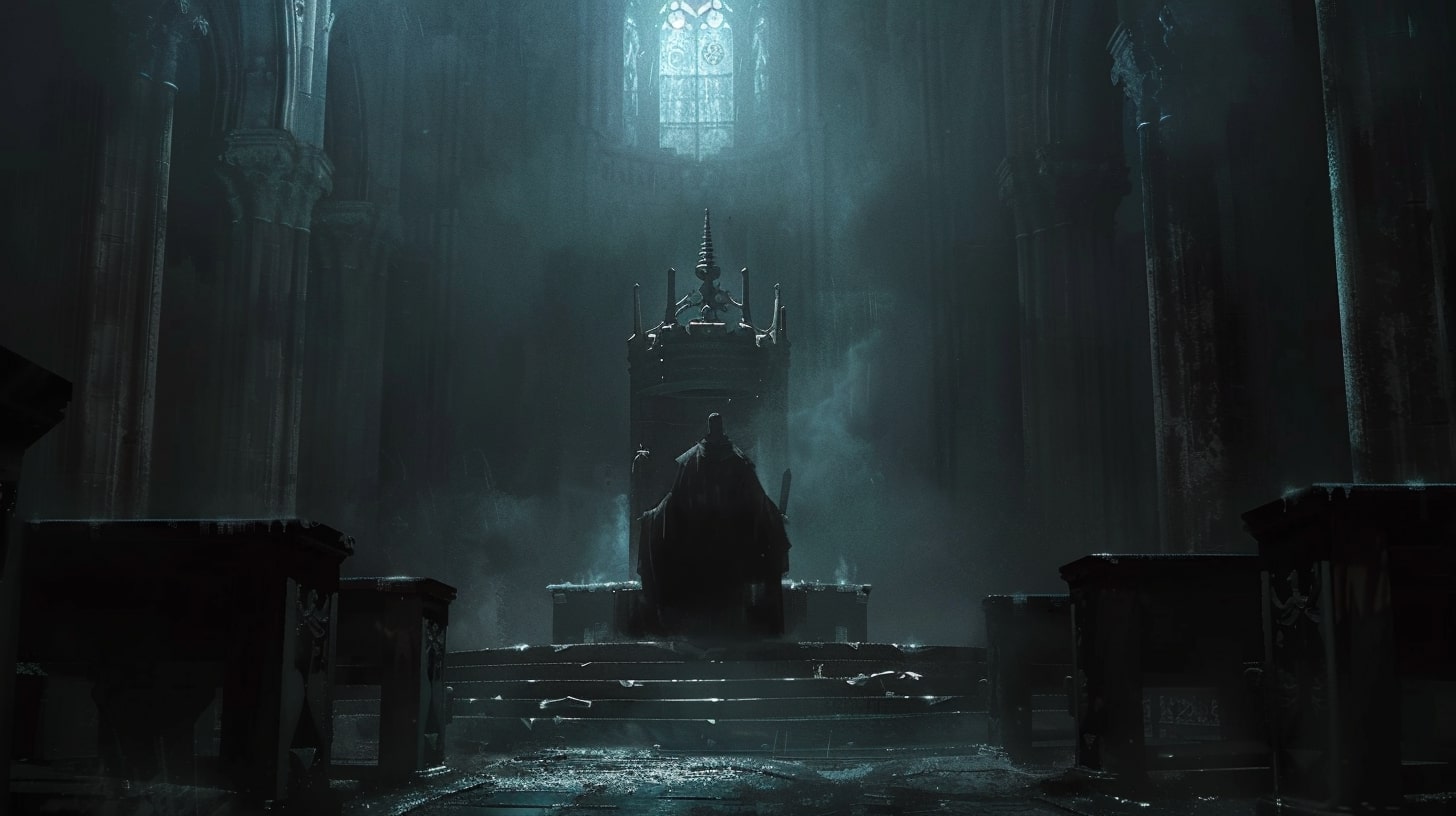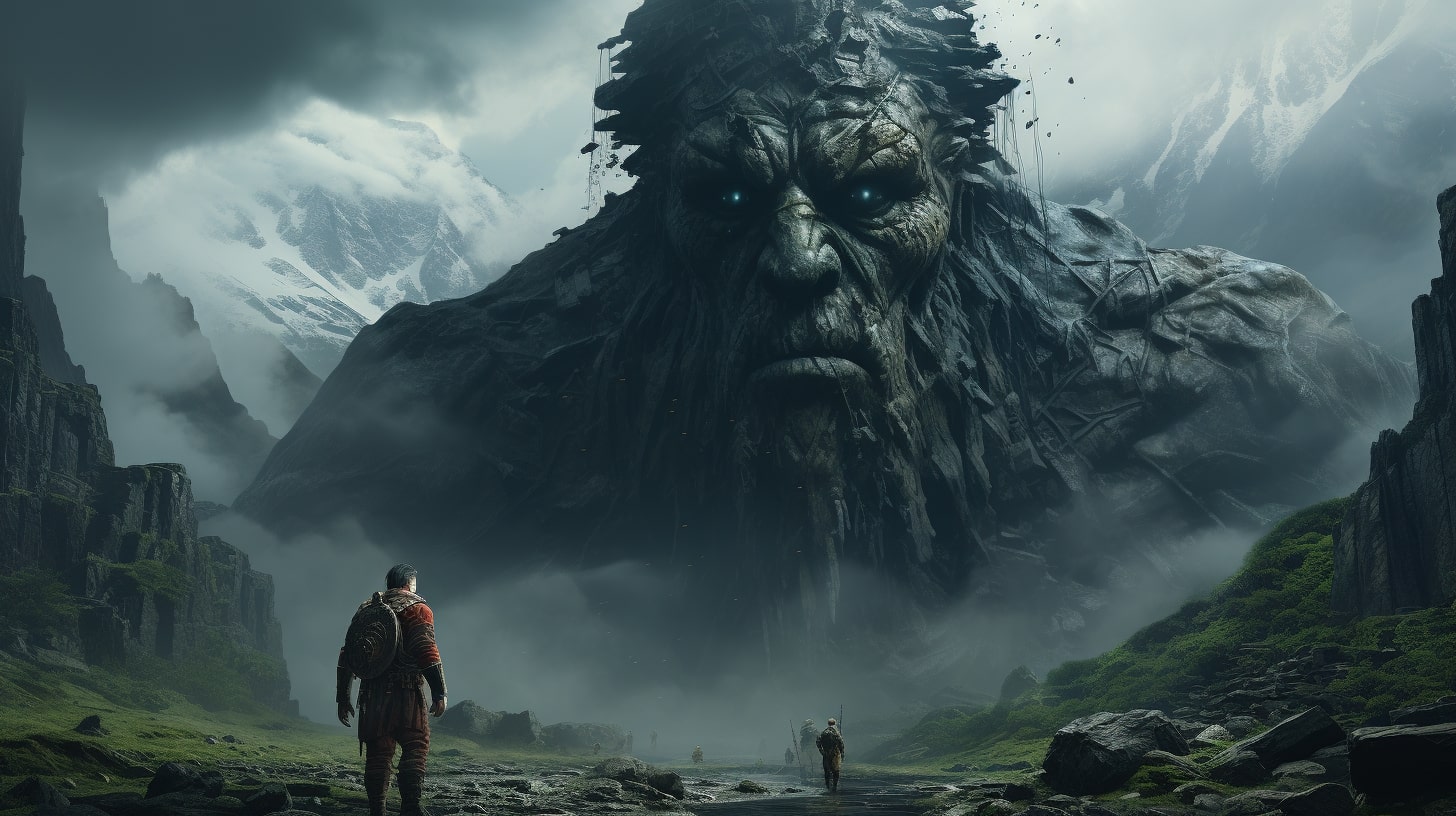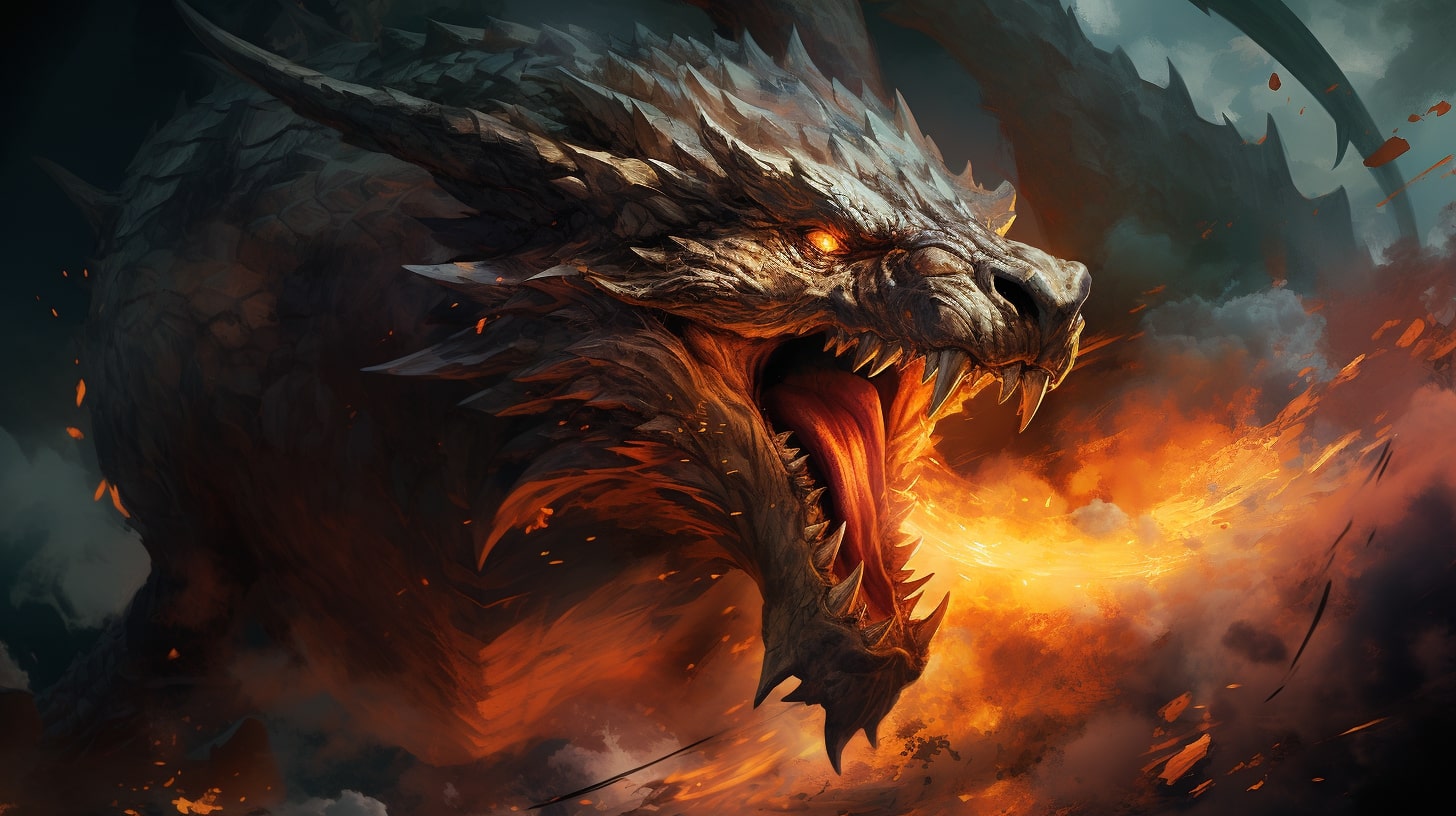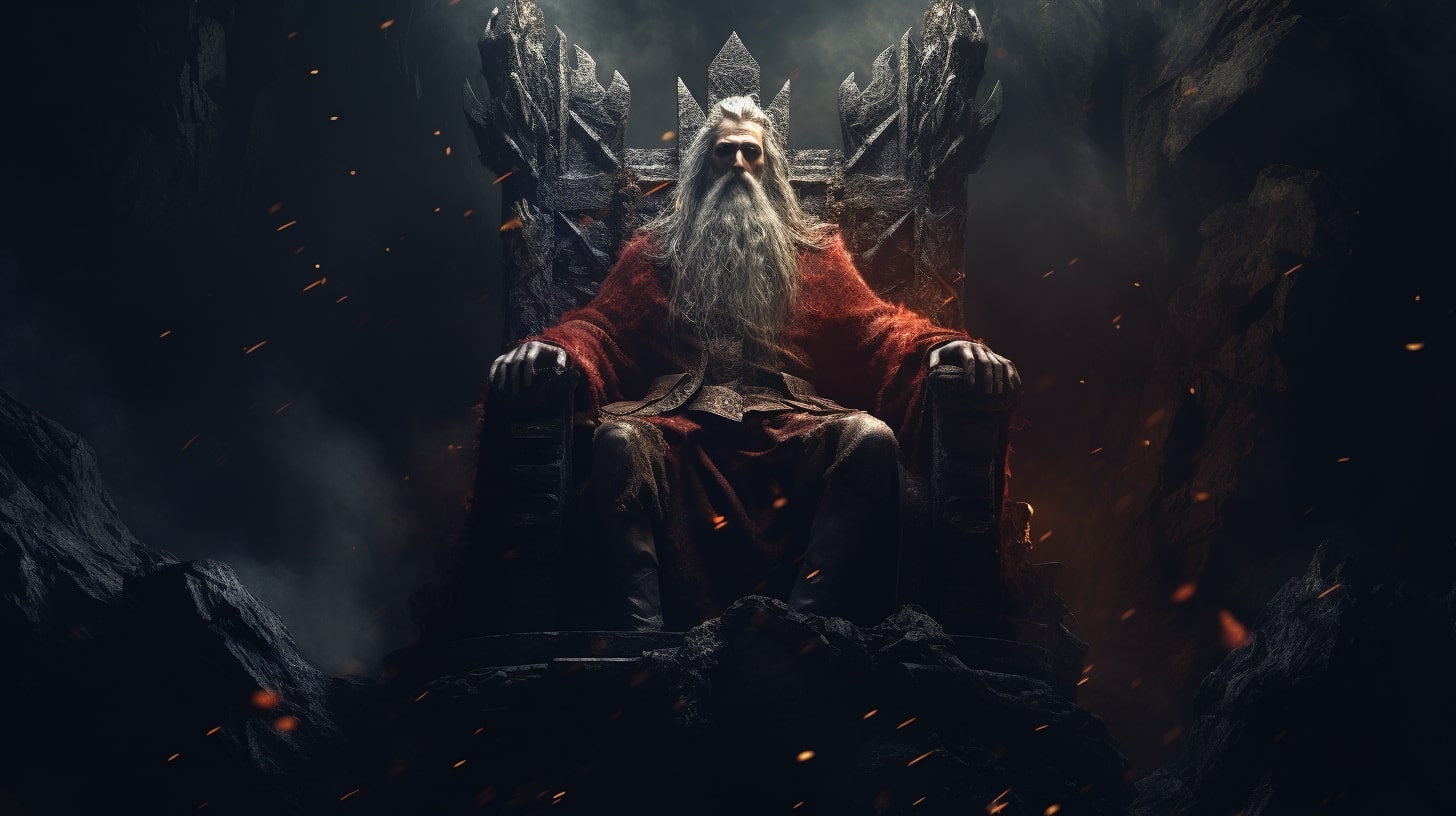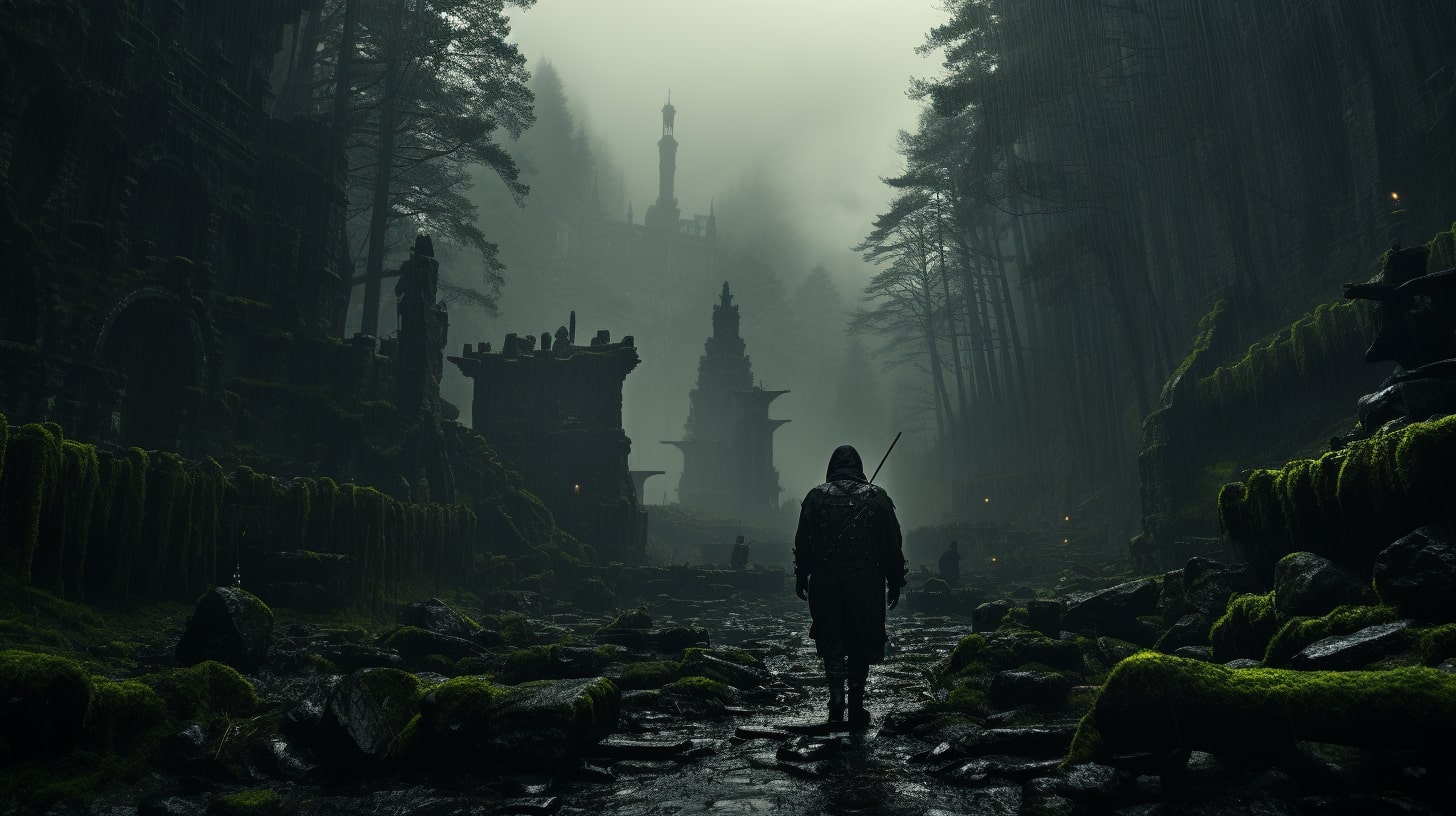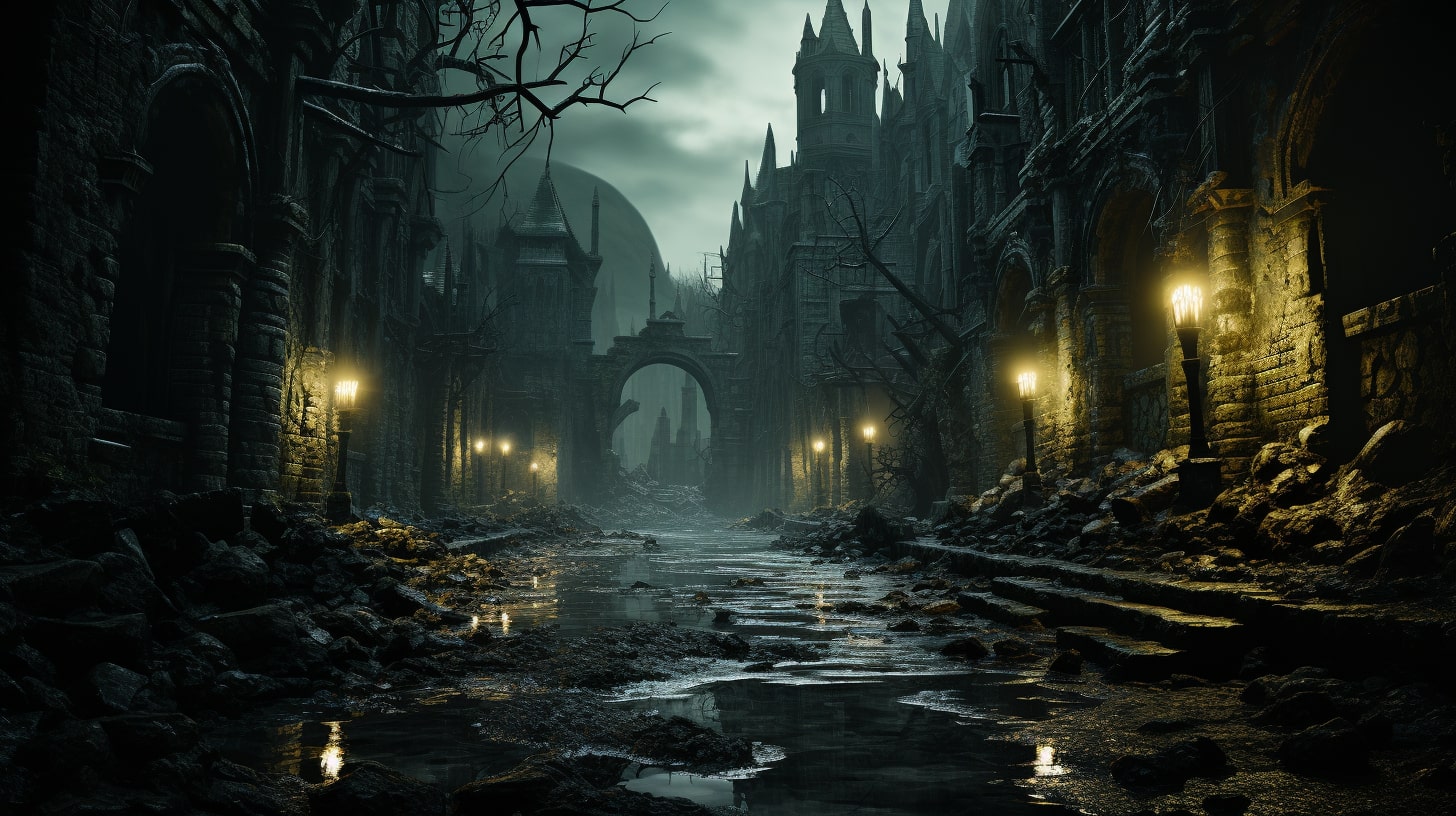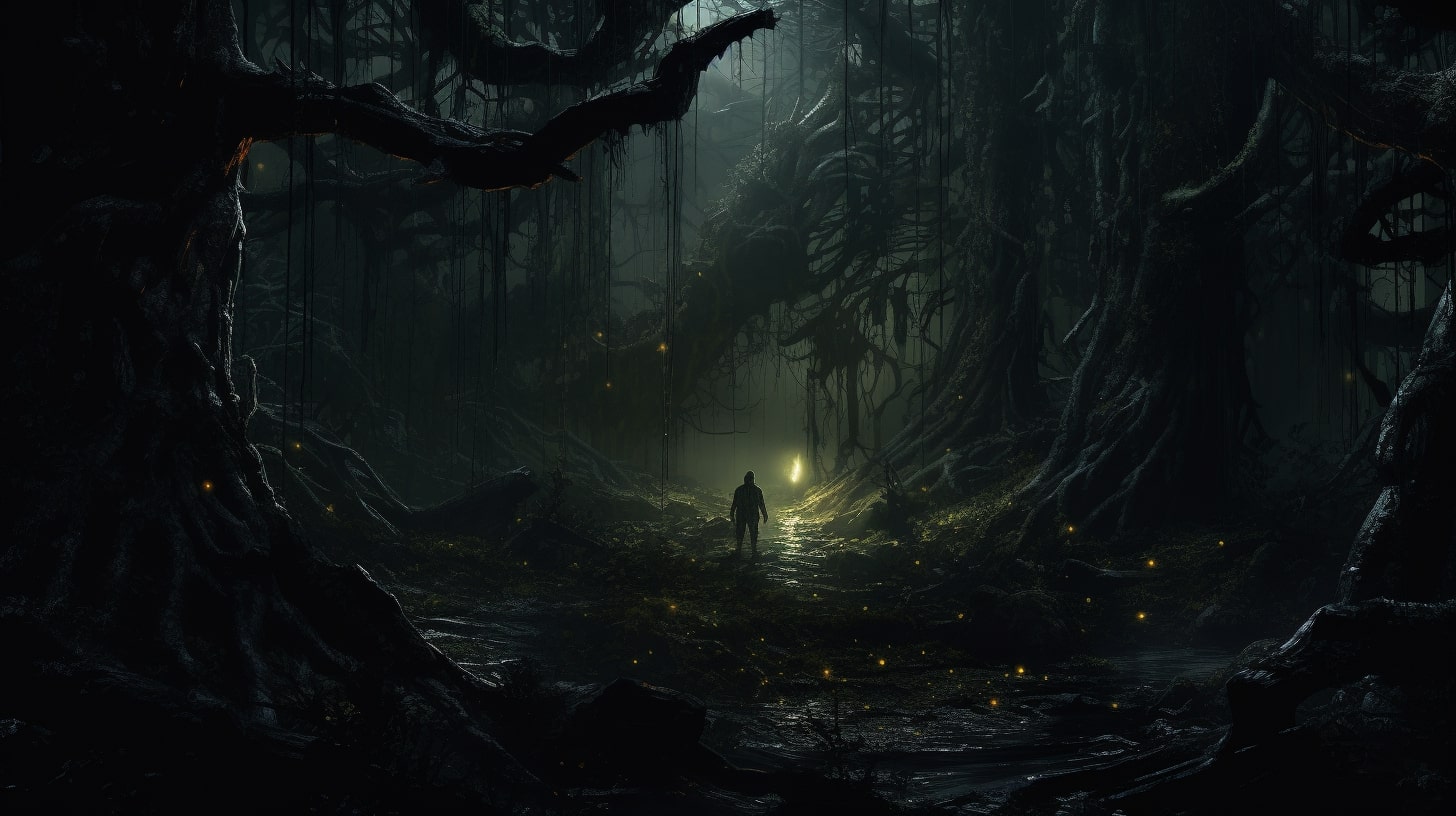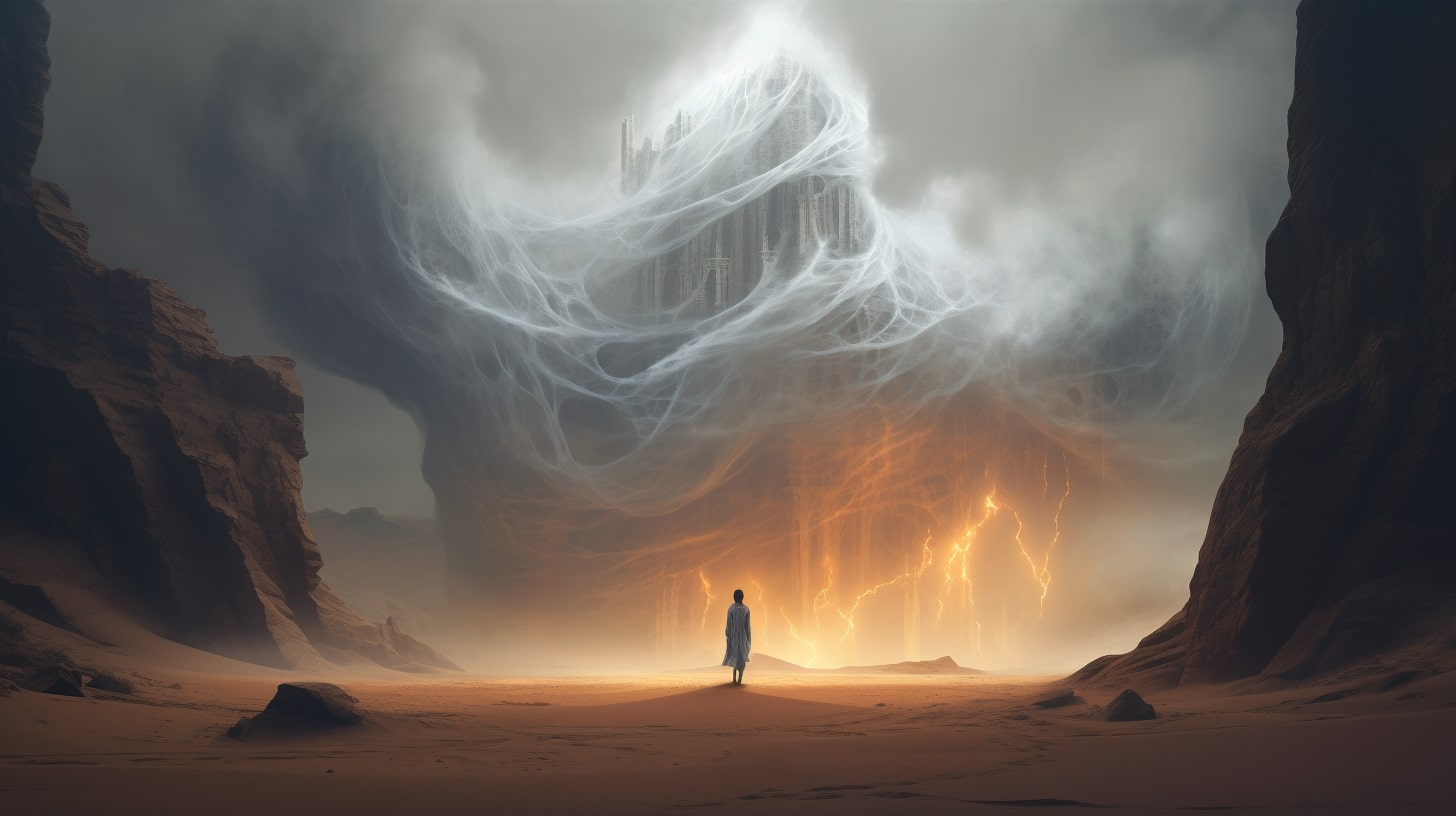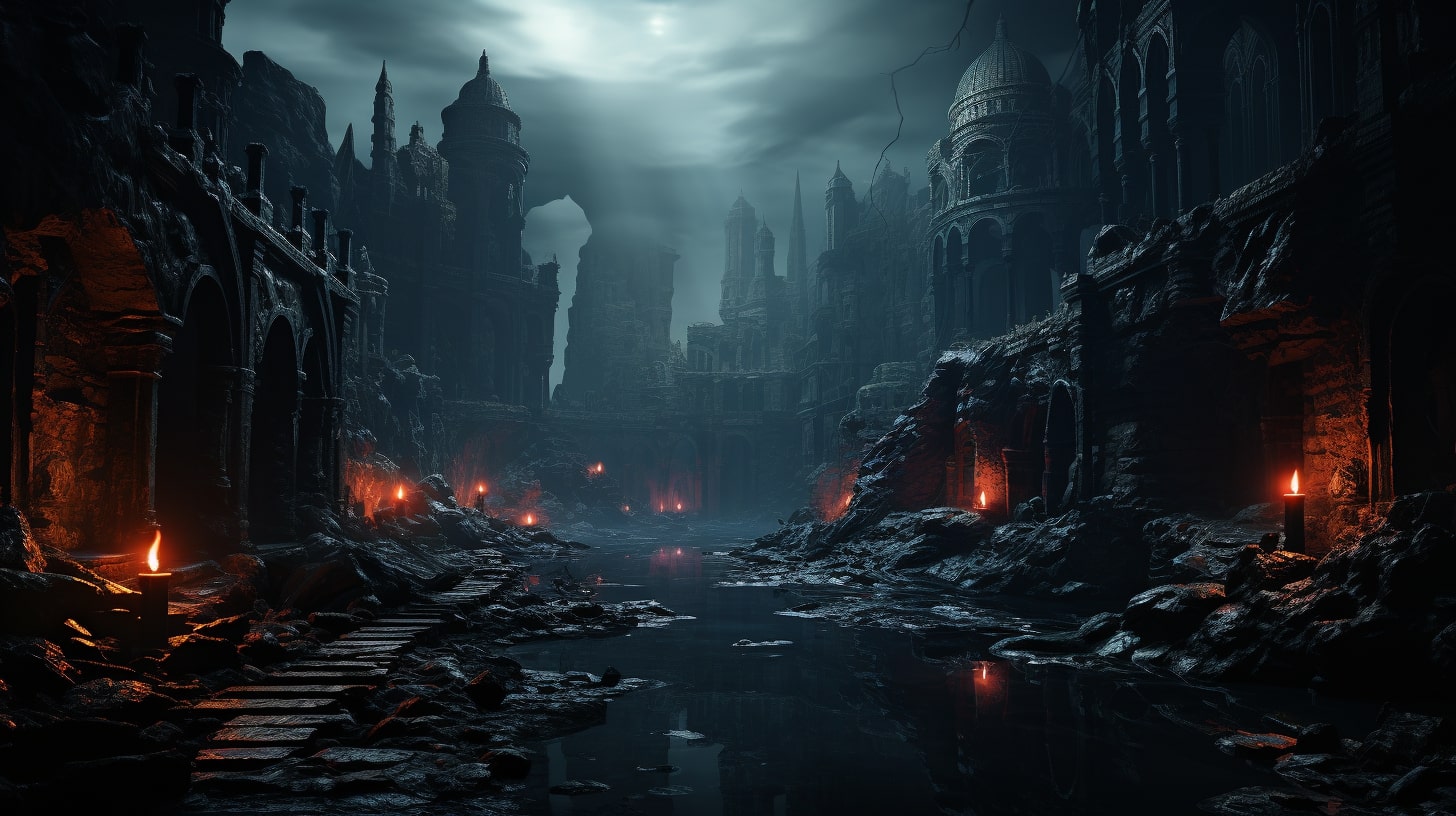The Art of Worldbuilding
In the realm of fantasy writing, worldbuilding is a fundamental skill that allows you to create immersive and believable fictional worlds. Through meticulous attention to detail and a touch of creativity, you can craft vibrant settings that captivate readers and bring your stories to life.
Let's explore what worldbuilding is, why it holds immense importance in fantasy writing, and what worldbuilding resources are available to you.
What is Worldbuilding?
Worldbuilding refers to the process of constructing an imaginary world or universe for your story. It involves developing various aspects of this world, including its geography, history, cultures, civilizations, magic systems, and more. Essentially, it is the art of building a coherent and consistent backdrop against which your characters and plot unfold.
When you engage in worldbuilding, you create a rich tapestry of details that offer readers a glimpse into the intricacies of your imagined world. From the towering mountains to the bustling cities, from the diverse cultures to the mythical creatures, every element you create contributes to the overall depth and realism of your story.
Importance of Worldbuilding in Fantasy Writing
Worldbuilding is an integral part of fantasy writing and serves multiple purposes that enhance the reader's experience. Here are a few reasons why worldbuilding is important:
Immersive Experience: Through worldbuilding, you transport readers to a realm beyond their own, allowing them to escape reality and immerse themselves in a captivating world filled with wonder and intrigue.
Believability: By carefully constructing the details of your fictional world, you make it more believable and allow readers to suspend their disbelief. A well-developed world with consistent rules and logic helps readers connect with the story on a deeper level.
Character Development: The world you create has a direct impact on your characters' lives, beliefs, and motivations. Worldbuilding enables you to shape characters that are influenced by the unique aspects of their environment, creating multidimensional and relatable individuals.
Plot Possibilities: A well-constructed world provides a wealth of opportunities for storytelling. The intricacies of your world can serve as a source of conflict, a backdrop for epic quests, or a catalyst for character growth.
Reader Engagement: A thoughtfully crafted world can captivate readers and leave them yearning for more. The details you weave into your world can spark their imagination, encourage discussion, and even inspire fan creations.
To embark on your worldbuilding journey, it's important to gather a range of worldbuilding resources that will assist you in creating a rich and cohesive universe. These resources can include tools, guides, maps, language references, and more. In the following sections, we will explore various must-have resources that can aid you in your worldbuilding endeavors.
By honing your worldbuilding skills and utilizing the right resources, you can create a fictional world that resonates with readers and becomes a character in its own right. So, let's delve deeper into the worldbuilding process and explore the essential resources that will help you bring your imagined universe to life.
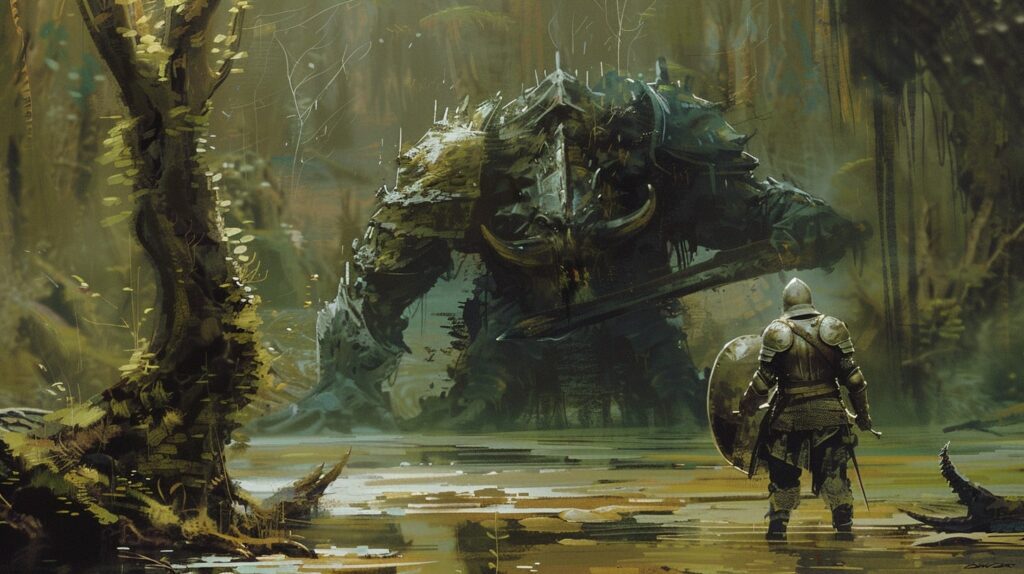
Must-Have Worldbuilding Resources
When it comes to worldbuilding, having the right resources at your disposal can greatly enhance your creative process and help you craft a rich and immersive fictional world. Here are some must-have resources that every fantasy author should consider:
Fantasy Maps and Cartography
Creating a detailed map of your fictional world can provide a visual representation of the settings and locations within your story. Fantasy maps not only help you keep track of geographical features, but they also add depth and realism to your world.
Whether you choose to create your own maps or use online map generators, having a visual reference can aid in consistent worldbuilding. For more information on creating and using fantasy maps, check out our article on worldbuilding maps.
Language and Linguistics Resources
Developing unique languages and dialects for your fictional world adds depth and authenticity to your storytelling. Language and linguistics resources can help you construct fictional languages, understand the principles of language creation, and incorporate linguistic diversity into your world.
Explore language creation tools and guides, and learn how to develop distinct linguistic characteristics for different cultures in your world. For more tips on constructing fictional languages, visit our article on worldbuilding languages.
Mythology and Folklore References
Drawing inspiration from mythology and folklore can infuse your world with captivating stories, legends, and creatures. Studying existing mythologies allows you to adapt and reimagine them in your own unique way.
By creating original mythologies or retelling and adapting existing folklore, you can add depth and cultural richness to your world. Dive into the world of myths and legends to discover new sources of inspiration for your storytelling. For more guidance on incorporating mythology and folklore into your worldbuilding, explore our article on worldbuilding mythology.
Historical and Cultural Research Materials
To create believable and authentic worlds, it's important to draw from historical and cultural research materials. Studying different historical periods, events, cultural practices, and customs can provide valuable insights into how societies are shaped and how they function.
By understanding the nuances of different cultures, you can create diverse and well-rounded societies within your world. For more guidance on historical and cultural research for worldbuilding, delve into our article on worldbuilding cultures.
Worldbuilding Software and Tools
In the digital age, there are numerous worldbuilding software and tools available to assist authors in their creative process. These tools can help you organize your worldbuilding notes, create timelines, design maps, and more.
Whether you prefer writing software, worldbuilding apps, or collaborative platforms, there are resources out there to streamline and enhance your worldbuilding process.
Explore different options to find the software or tools that best suit your needs as a fantasy author.
By utilizing these must-have worldbuilding resources, you can take your fantasy writing to the next level. Whether you're delving into the intricacies of mapmaking, constructing fictional languages, drawing inspiration from mythology, researching historical and cultural elements, or utilizing software and tools, each resource brings its own unique contribution to your worldbuilding process.
Remember to adapt and personalize these resources to suit your specific creative vision and make your fictional world come alive.
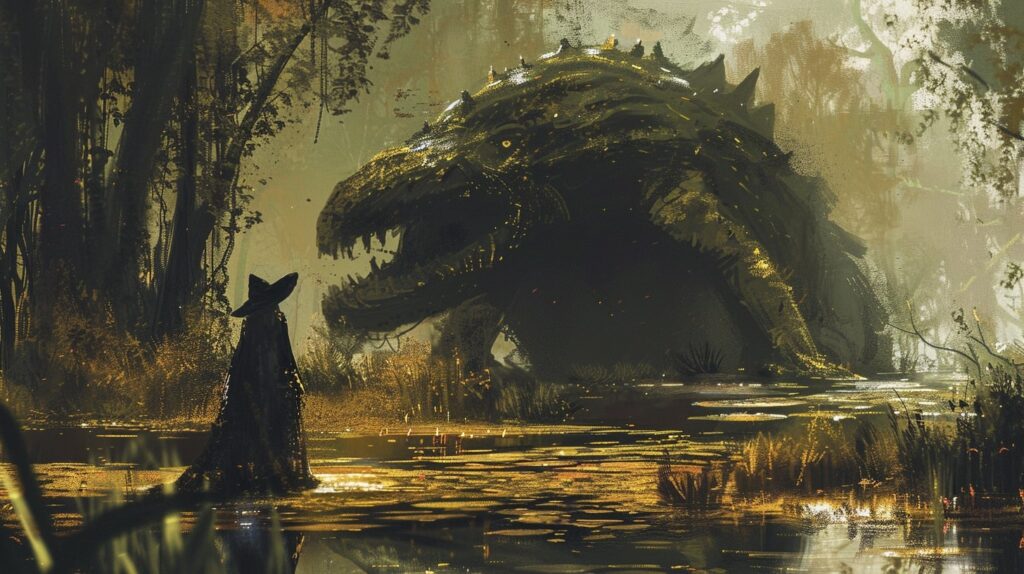
Fantasy Map Resources
When it comes to worldbuilding in fantasy writing, creating a captivating and detailed map is essential. A well-crafted map not only helps you visualize your world but also provides readers with a sense of place and immersion.
In this section, we will explore some valuable fantasy map resources that can assist you in bringing your world to life.
Creating Your Own Fantasy Maps
If you prefer to have complete control over your world's geography, creating your own fantasy maps can be a rewarding endeavor. There are various tools and software available that cater specifically to mapmaking for fantasy authors.
These resources provide you with the flexibility to design custom continents, islands, mountain ranges, and other geographical features. By incorporating different terrains and landmarks, you can give your world a unique and authentic feel.
To get started, you can refer to our article on worldbuilding maps for a comprehensive guide on map creation, including step-by-step instructions and tips.
Online Map Generators and Editors
If you are looking for a quicker way to generate a fantasy map, online map generators and editors can be a valuable resource. These tools allow you to customize various aspects of your map, such as landmass shapes, rivers, and forests.
Some generators even provide options for adding cities and landmarks. While these maps may not be as detailed as hand-drawn or digitally created ones, they can serve as a useful starting point for your world.
Map Design Tips and Tricks
Designing a visually appealing and functional fantasy map requires careful consideration of various elements. Here are some tips and tricks to keep in mind:
- Scale and Proportions: Ensure that the size of your landmasses and features is proportionate and plausible within the context of your world.
- Geographical Features: Incorporate a variety of geographical features, such as mountains, rivers, forests, and deserts, to add depth and realism to your map.
- Climate and Weather: Consider the impact of climate and weather patterns on your world's geography. This can influence the placement of different regions and the distribution of resources.
- Naming Conventions: Develop consistent naming conventions for cities, landmarks, and geographical features to enhance the authenticity of your world.
- Legends and Symbols: Use intuitive symbols and legends to denote different elements on your map, making it easier for readers to navigate and understand.
By utilizing these resources and following these tips, you can create detailed and captivating fantasy maps that enhance your worldbuilding efforts. Remember, a well-crafted map is not only a visual aid but also a storytelling tool that adds depth and richness to your fantasy world.
Language and Linguistics Resources
As a fantasy author, constructing fictional languages is an integral part of your worldbuilding process. Creating unique languages adds depth and authenticity to your fictional worlds. Here are some resources to help you in this aspect of worldbuilding.
Constructing Fictional Languages
Constructing a fictional language involves developing a complete linguistic system, including grammar, syntax, vocabulary, and pronunciation. It's an opportunity to create a distinct language that reflects the culture and history of your fictional world.
To construct a fictional language, you can start by defining the basic phonetic inventory of the language, including its sounds and syllable structure. Then, you can develop grammatical rules and structures to create a functional language.
Consider incorporating unique features such as verb conjugations, noun declensions, and sentence structures that align with the characteristics of your world.
Language Creation Tools and Guides
To aid you in the process of constructing fictional languages, there are various tools and guides available. These resources can help you create a realistic and coherent language for your world.
Language construction software: There are dedicated software programs that assist in constructing fictional languages. These programs provide tools for creating phonetic inventories, grammar rules, and vocabulary. They often include features for organizing and documenting your language.
Language creation guides: Many linguists and language enthusiasts have written guides and tutorials on constructing fictional languages. These guides cover topics such as phonetics, grammar, vocabulary, and cultural influences. They can provide valuable insights and tips to help you develop your language.
Incorporating Linguistic Diversity in Your World
Just as the real world is rich in linguistic diversity, your fictional world can benefit from a variety of languages. Consider incorporating linguistic diversity by creating different languages for different regions or racial groups within your world. This can add depth and realism to your world, showcasing the uniqueness of each culture or civilization.
You can also explore the interactions between languages in your world. Language borrowing, dialectal variations, and language evolution over time can all contribute to the linguistic landscape of your world.
This creates opportunities for cultural exchange, conflicts, and intermingling between different linguistic groups.
By utilizing these language and linguistics resources, you can create captivating and immersive languages for your fictional world. Remember to consider the cultural and historical context of your world when constructing languages, and strive for consistency and coherence in their development.
For more worldbuilding tips and resources, visit our article on worldbuilding for writers.
Mythology and Folklore References
To create a rich and immersive fantasy world, drawing inspiration from mythology and folklore can be an invaluable resource. These ancient tales and legends provide a wealth of ideas, themes, and cultural elements that can enhance your worldbuilding. Here are three ways you can incorporate mythology and folklore into your world:
Studying Mythology for Inspiration
Immerse yourself in the captivating world of mythology to inspire your own creative endeavors. Explore the myths and legends of different cultures, ranging from Greek and Norse mythology to African and Asian folklore.
By studying these stories, you can gain insights into the beliefs, values, and traditions of various civilizations. Extract elements that resonate with your world and adapt them to fit seamlessly into your narrative.
Delve into the stories of gods and goddesses, mythical creatures, epic quests, and moral dilemmas. Pay attention to the symbolism, archetypes, and narrative structures present in these myths.
By incorporating these elements into your world, you can create a sense of depth and authenticity that will captivate your readers.
Retelling and Adapting Folklore
Folklore encompasses the tales, customs, and beliefs passed down through generations within a specific culture. By retelling or adapting folklore, you can infuse your world with a sense of familiarity and cultural richness.
Explore the folktales, legends, and superstitions of different regions and adapt them to suit your worldbuilding needs.
Retelling folklore allows you to put your own unique spin on these traditional stories while honoring their essence. Incorporate legendary creatures, mystical artifacts, or ancient rituals into your narrative.
By doing so, you can create a connection between your fantasy world and the real-world cultures that have inspired it.
Creating Original Mythologies
If you're feeling particularly creative, consider crafting your own original mythologies. Building a unique and cohesive mythos for your world can add depth, intrigue, and a sense of wonder.
Start by developing a creation story that explains the origins of your world and its inhabitants. Consider the cosmology, pantheon of gods, and the interactions between mortals and divine beings.
Invent mythical creatures, magical artifacts, and epic quests that are integral to the fabric of your world's mythology. Ensure that your mythological elements align with the themes and tone of your story.
These original mythologies will not only enhance the world you're building but also provide a foundation for future storytelling possibilities.
By studying existing mythology, retelling folklore, and creating original mythologies, you can infuse your fantasy world with depth, authenticity, and cultural significance. Remember to incorporate these elements in a way that enhances your narrative and engages your readers. Let the rich tapestry of mythology and folklore guide you as you craft a truly immersive and captivating world for your readers to explore.
Historical and Cultural Research Materials
When it comes to worldbuilding, incorporating historical and cultural elements adds depth and authenticity to your fictional world. By drawing inspiration from real-world historical periods, events, and cultural practices, you can create a believable and immersive setting for your story.
In this section, we will explore the importance of historical periods and events, cultural practices and customs, and the need for authenticity and realism in worldbuilding.
Historical Periods and Events
Researching different historical periods and events can provide valuable insights and inspiration for worldbuilding. By studying the customs, traditions, and societal structures of different eras, you can infuse your fictional world with a sense of historical depth and realism.
Whether you draw inspiration from the Middle Ages, the Renaissance, or any other historical period, incorporating historical elements can enrich your world and make it more relatable to readers.
Consider exploring various historical events, such as wars, revolutions, or significant cultural shifts, to create a backdrop for your story. These events can shape the dynamics between different factions, cultures, or races in your world. By understanding the causes and consequences of historical events, you can create a compelling narrative that resonates with readers.
Cultural Practices and Customs
Incorporating cultural practices and customs into your worldbuilding adds richness and diversity to your fictional world. Researching different cultural traditions, rituals, and social norms can help you create unique and believable cultures within your story. By exploring real-world cultures, you can gain insights into how people interact, worship, celebrate, and govern themselves.
Consider incorporating elements such as cuisine, clothing, music, art, and religious beliefs to add depth to your cultures. By understanding the nuances of cultural practices, you can bring authenticity to the behavior and traditions of your fictional societies. This attention to detail can make your world feel more alive and immersive for readers.
Authenticity and Realism in Worldbuilding
While worldbuilding allows for creative freedom, it's important to strive for authenticity and realism in your creations. Developing a well-researched and internally consistent world can enhance the reader's engagement and suspension of disbelief. By grounding your world in historical and cultural research, you can create a sense of plausibility that resonates with readers.
To maintain authenticity, pay attention to details such as the impact of historical events on your world's present, the influence of culture on characters' behaviors, and the believability of social structures and hierarchies. Aligning your worldbuilding with logical and realistic principles helps readers connect with your story on a deeper level.
Remember, historical and cultural research materials serve as invaluable resources for worldbuilding. By exploring different historical periods, events, cultural practices, and customs, you can infuse your world with depth, complexity, and authenticity. This attention to detail will captivate readers and make your fictional world come alive.
Worldbuilding Software and Tools
To enhance your worldbuilding process and bring your fantasy world to life, there are various software and tools available that can be invaluable resources. These tools can aid in organizing your ideas, creating intricate details, and collaborating with others. Here are three types of worldbuilding software and tools you can utilize:
Writing Software for Worldbuilding
Writing software designed specifically for worldbuilding can help you keep track of your ideas, characters, locations, and plotlines. These tools often provide customizable templates, allowing you to create rich and detailed entries for every aspect of your world. With features like timelines, character profiles, and interactive maps, you can seamlessly weave your worldbuilding elements into your storytelling.
By utilizing worldbuilding writing software, you can maintain consistency in your world's lore, save time on research, and easily reference crucial information while writing. Some popular options include World Anvil, OneStopForWriters, and Scapple.
Worldbuilding Apps and Websites
In addition to dedicated writing software, there are numerous worldbuilding apps and websites that can assist you on your creative journey. These resources offer features such as interactive maps, character generators, name generators, and more. They can help you brainstorm ideas, visualize your world, and find inspiration.
Some notable worldbuilding apps and websites include Inkarnate, Azgaar's Fantasy Map Generator, and Donjon. Exploring these platforms can provide you with a wealth of tools and resources to facilitate your worldbuilding process.
Collaborative Worldbuilding Platforms
Collaboration can greatly enrich your worldbuilding experience, allowing you to tap into the creativity of others and receive valuable feedback. Collaborative worldbuilding platforms provide spaces where you can share your ideas, engage in discussions, and collaborate with fellow writers and worldbuilders. These platforms often offer forums, wikis, and shared documents to foster a community-driven approach to worldbuilding.
By joining collaborative worldbuilding platforms, you can gain insights from a diverse range of perspectives, learn from experienced worldbuilders, and find inspiration in the shared creativity of others. Examples of collaborative worldbuilding platforms include Worldbuilding Stack Exchange, Reddit's r/worldbuilding, and Discord servers dedicated to worldbuilding.
Utilizing worldbuilding software and tools can streamline your creative process, help you stay organized, and foster collaboration within the worldbuilding community. As you embark on your worldbuilding journey, consider incorporating these resources to level up your writing and bring your fantasy world to life. Remember, the key is to find the tools that resonate with your personal workflow and enhance your unique creative vision.

